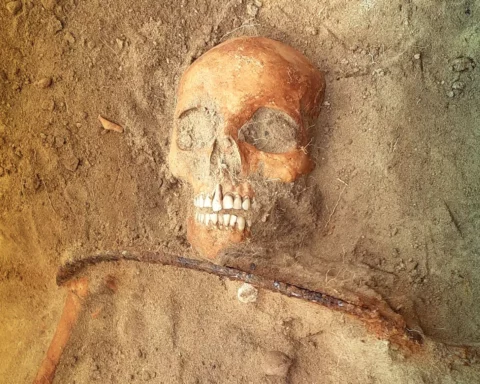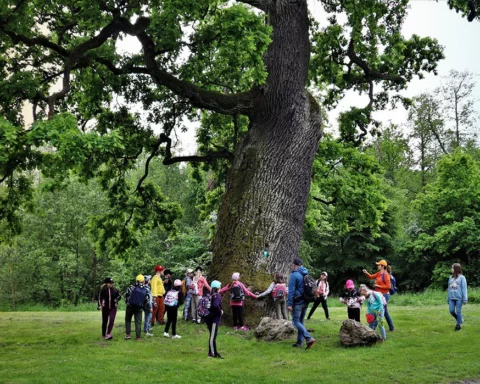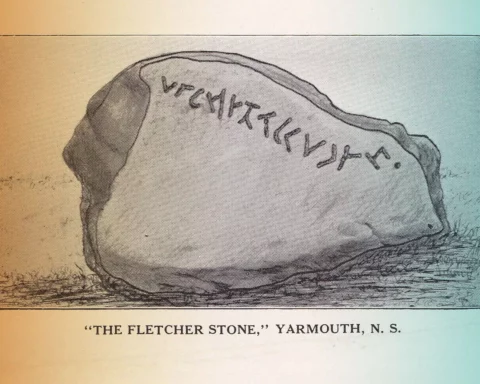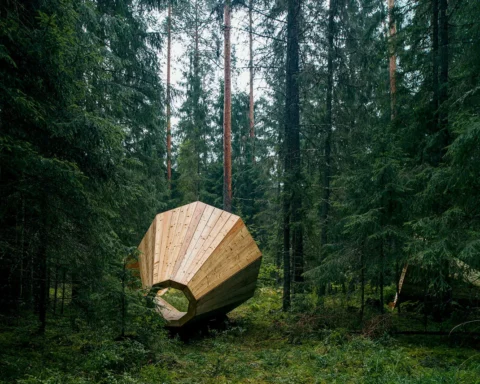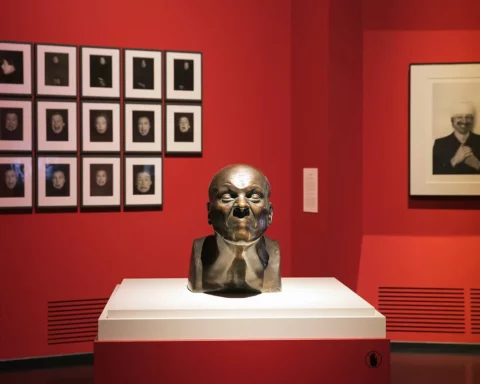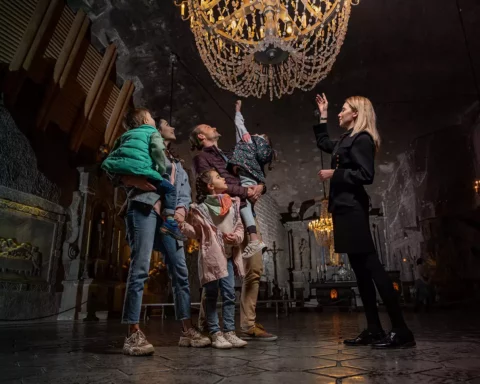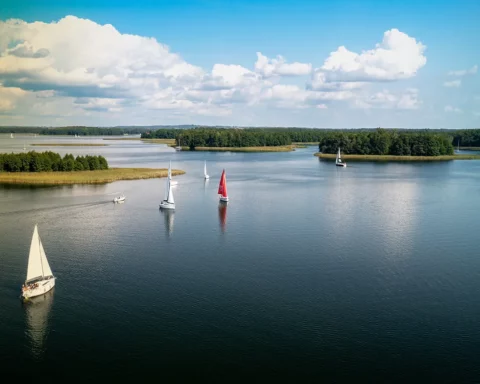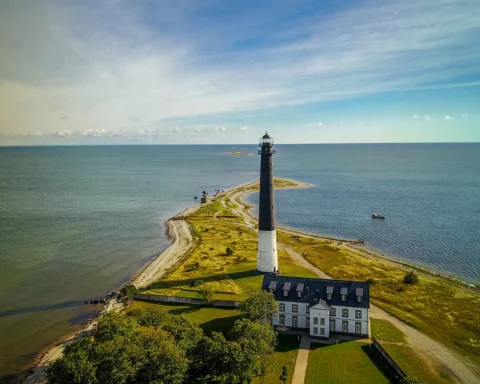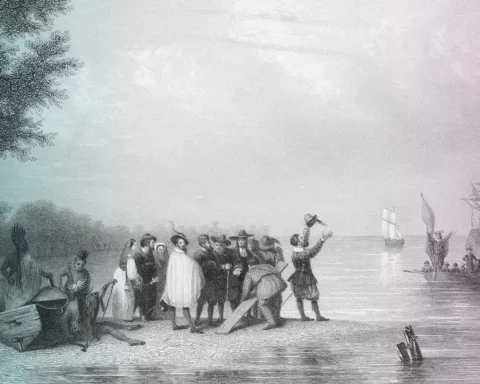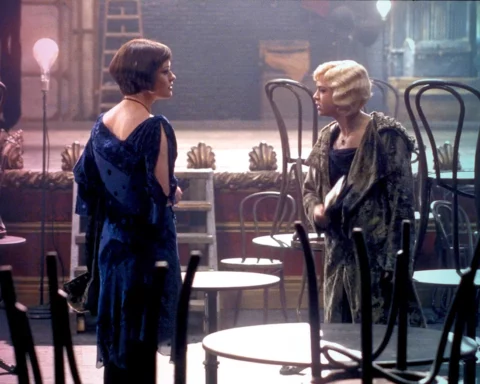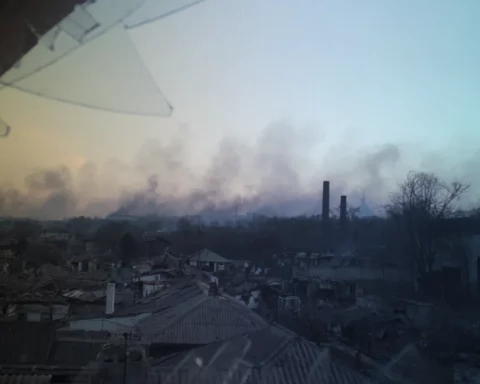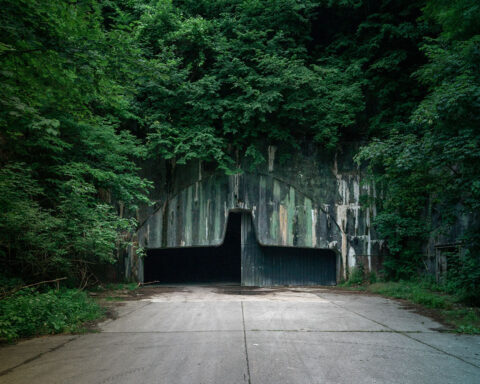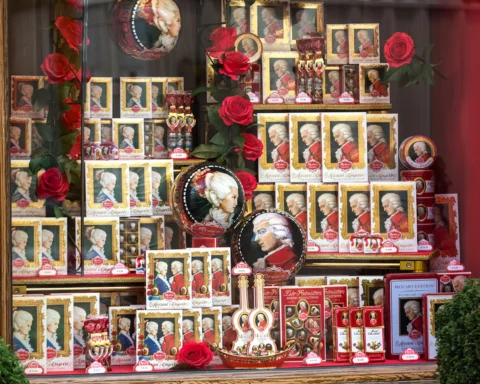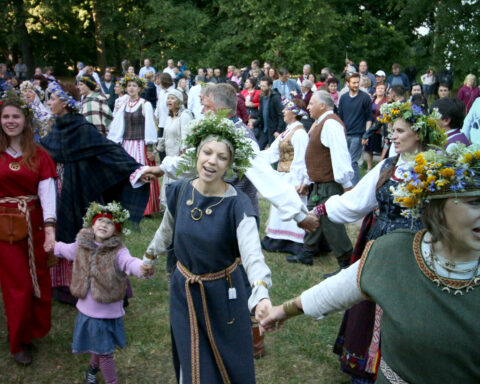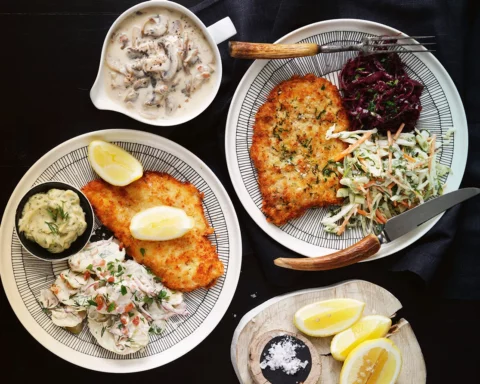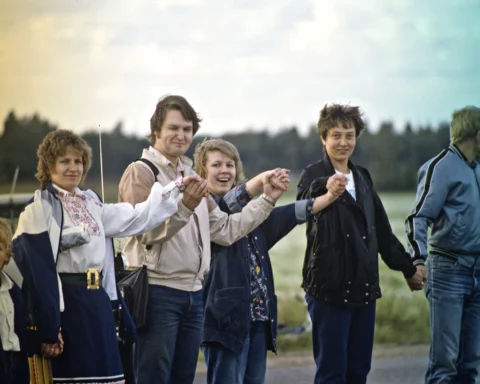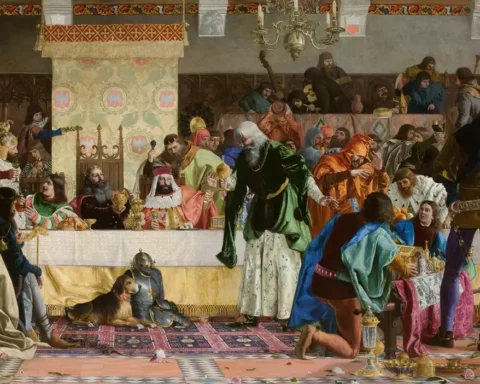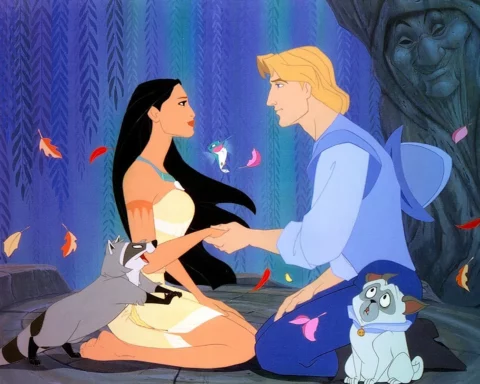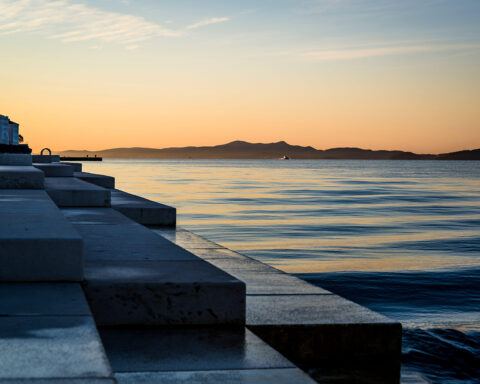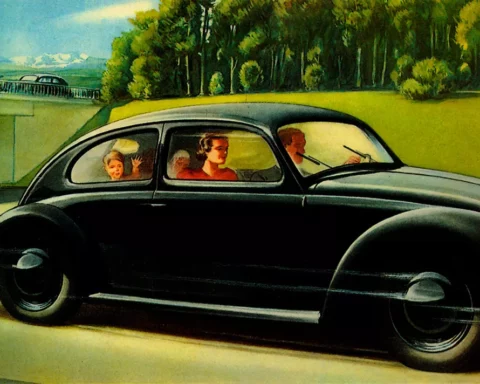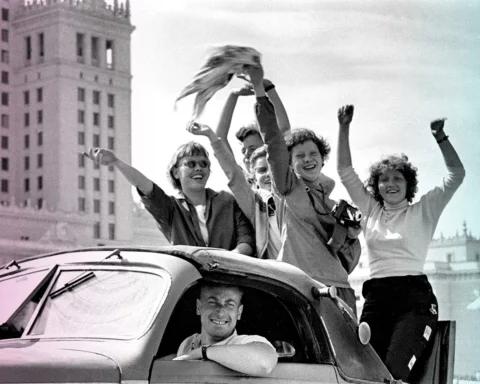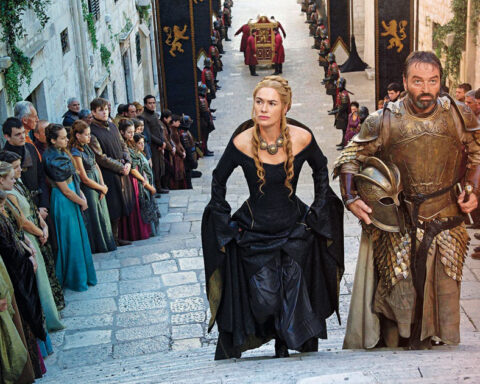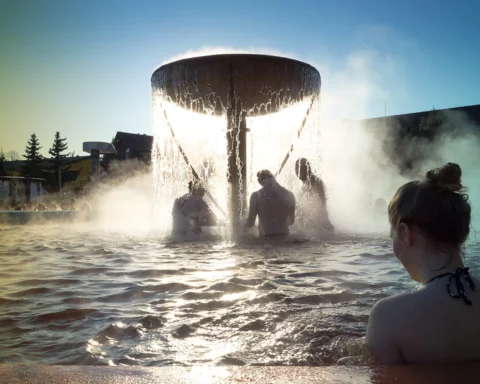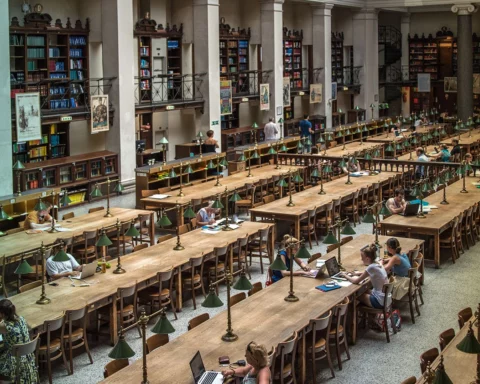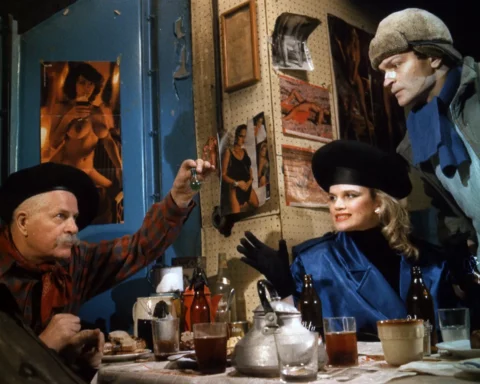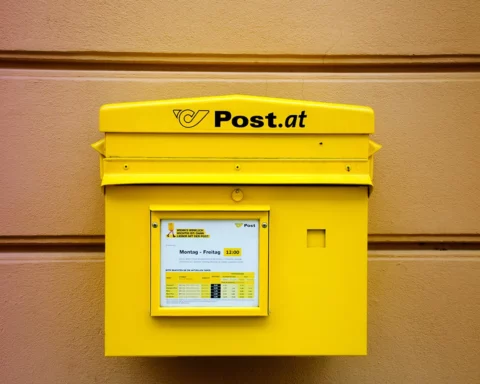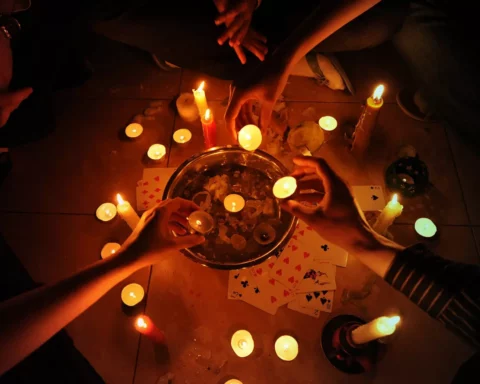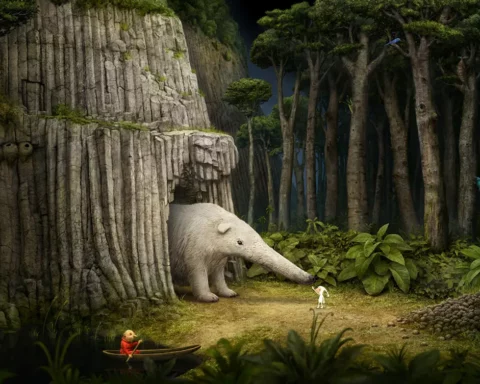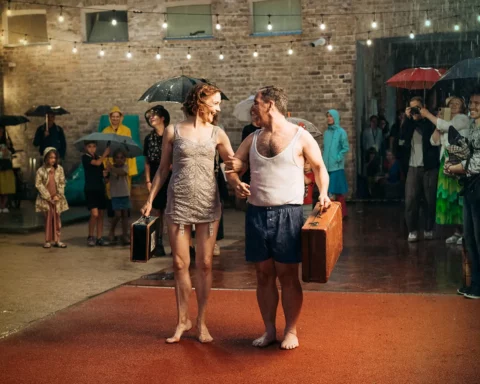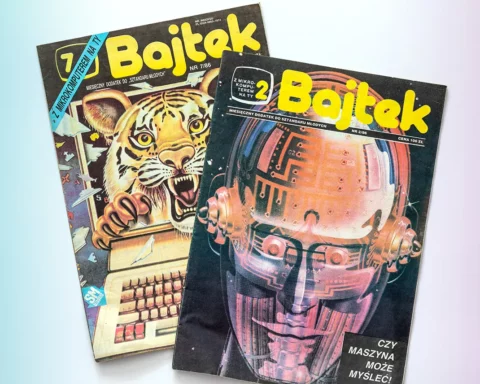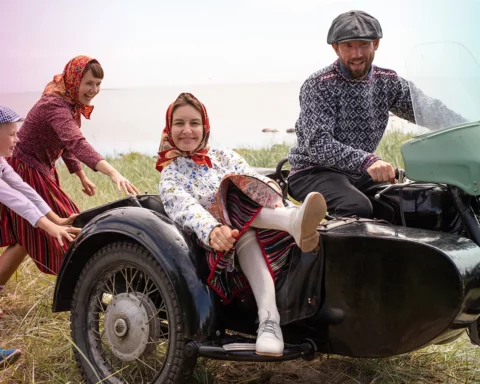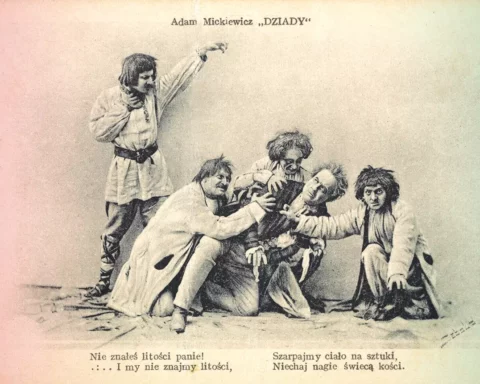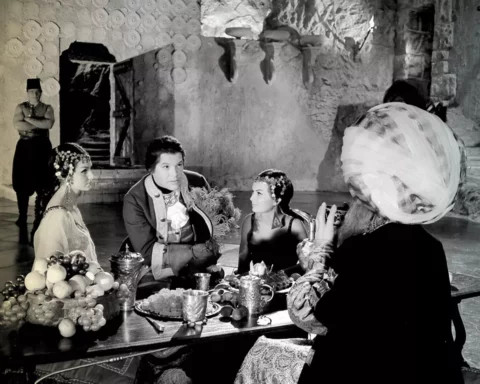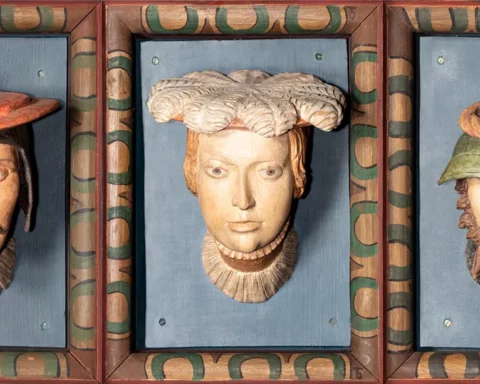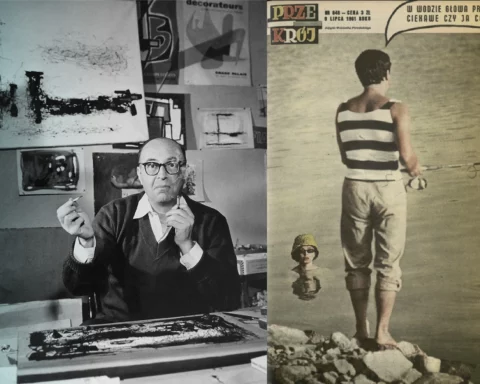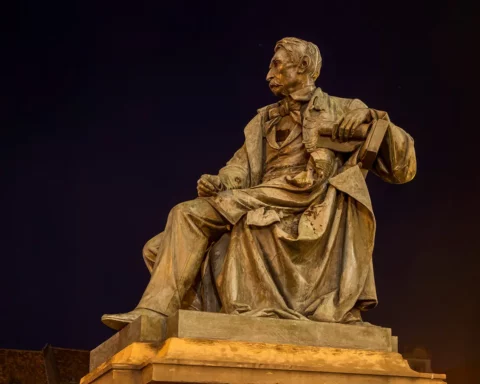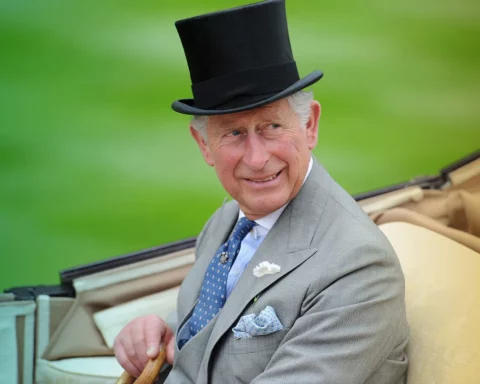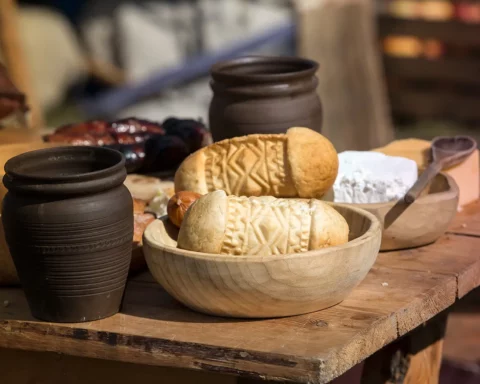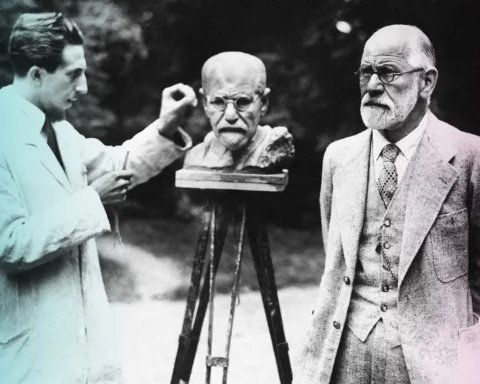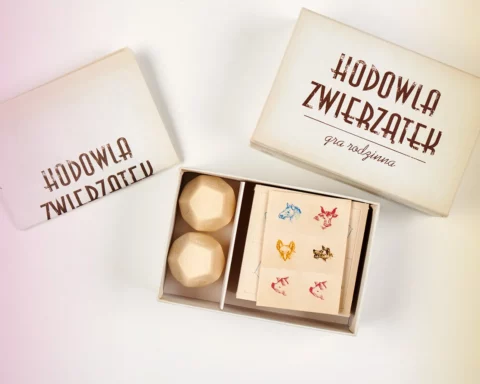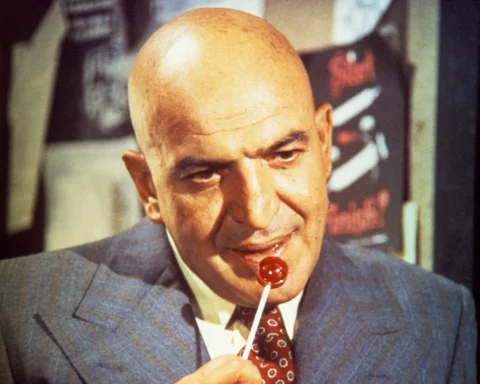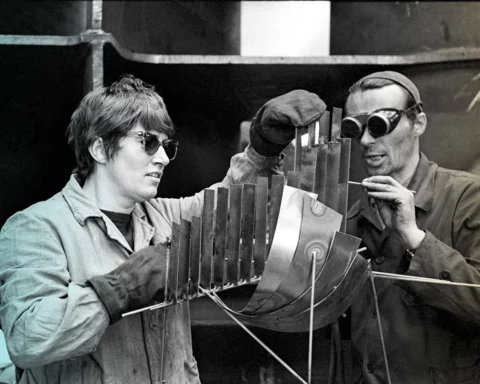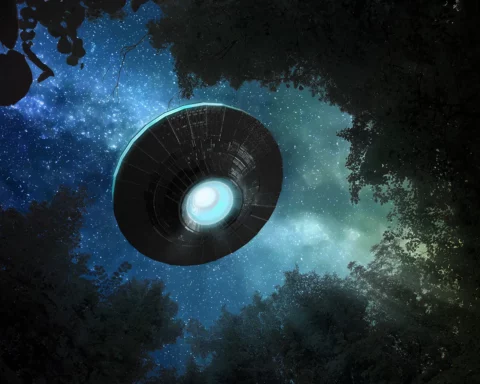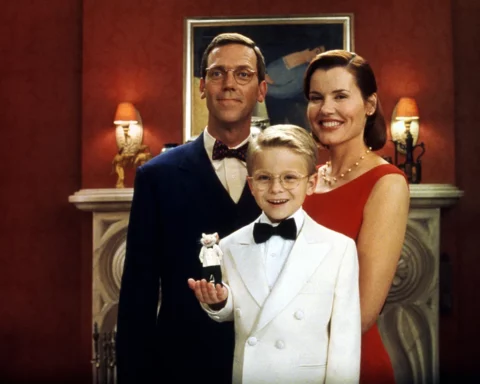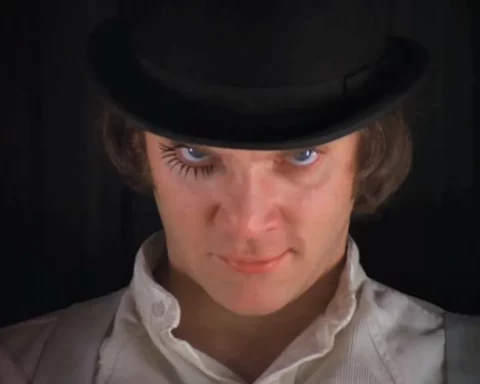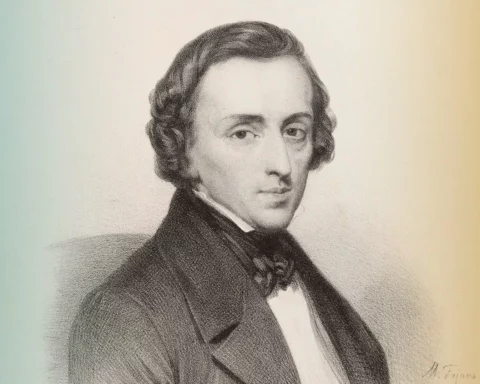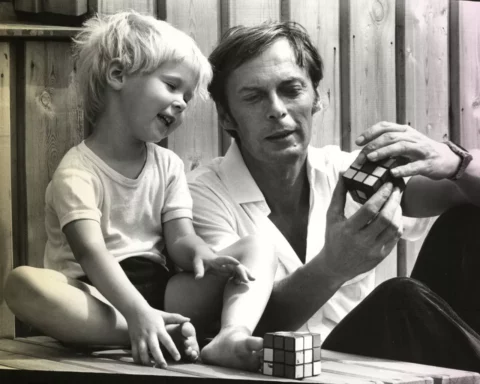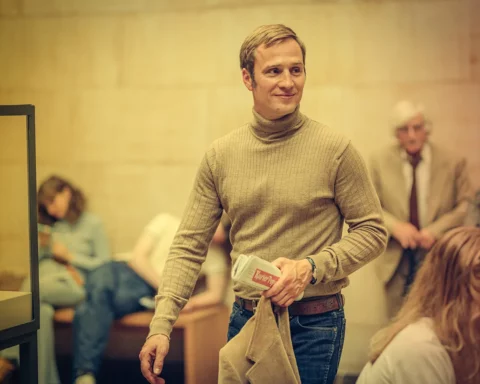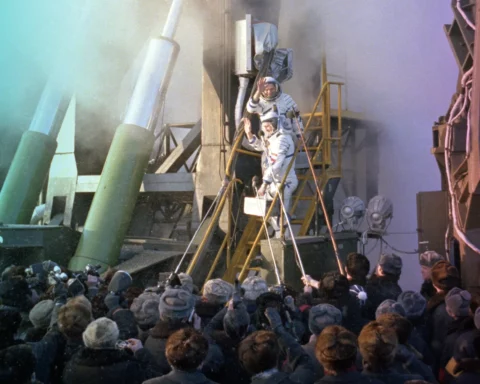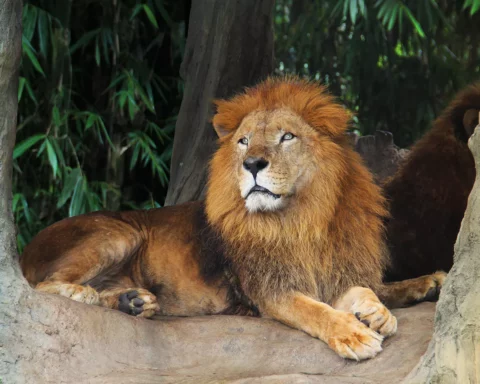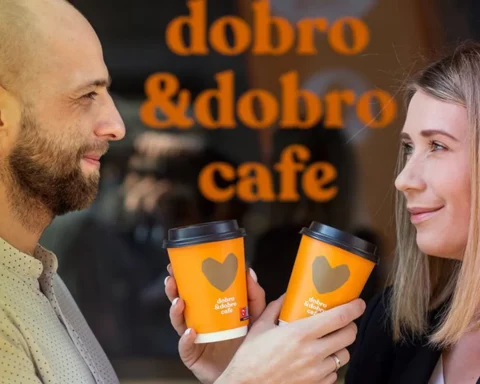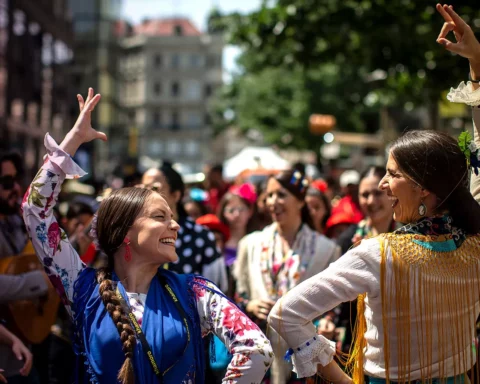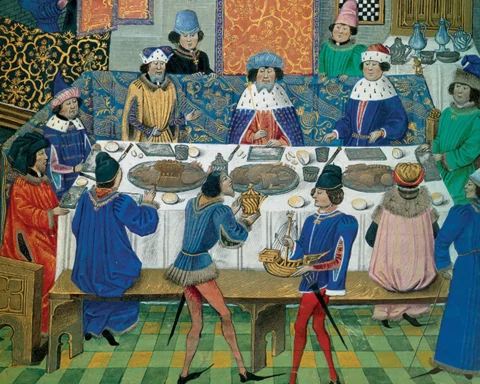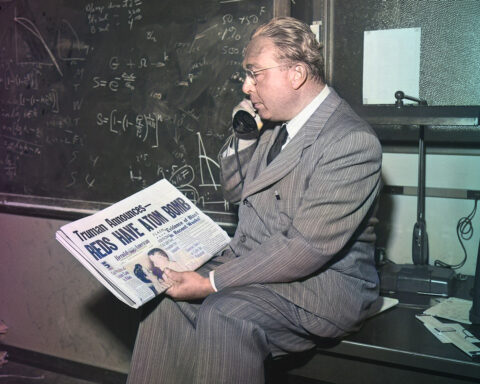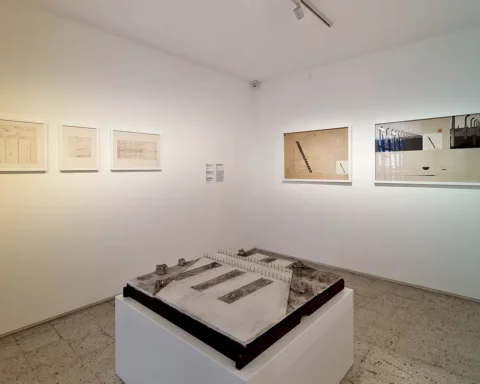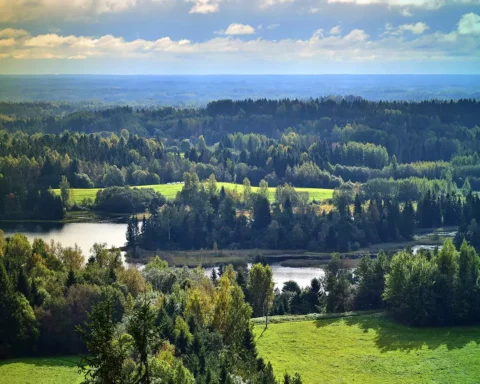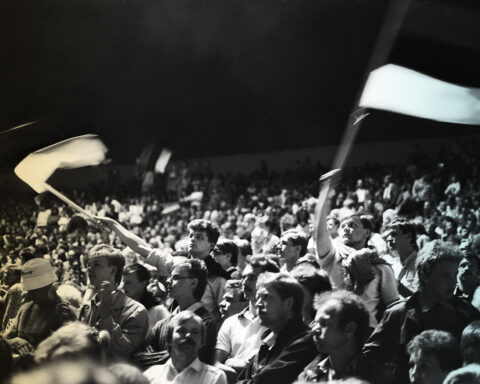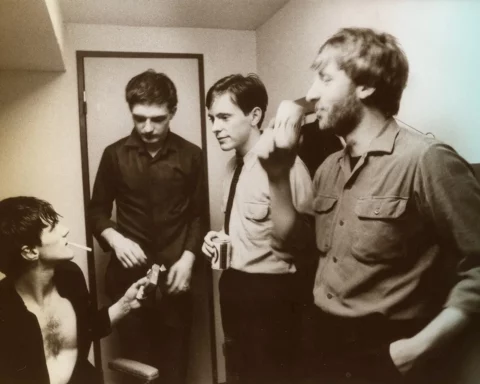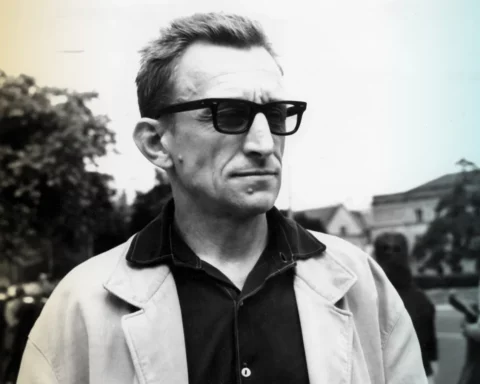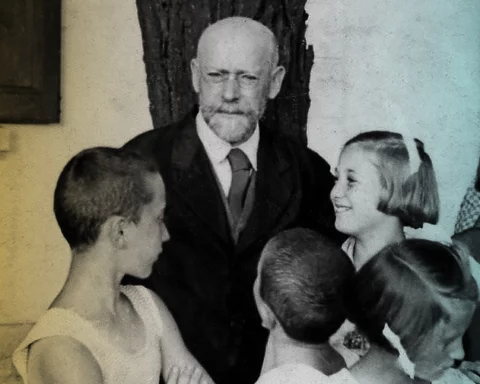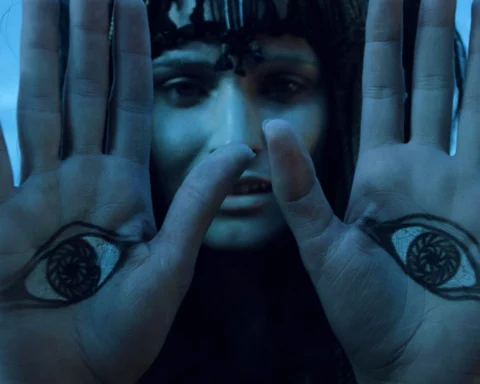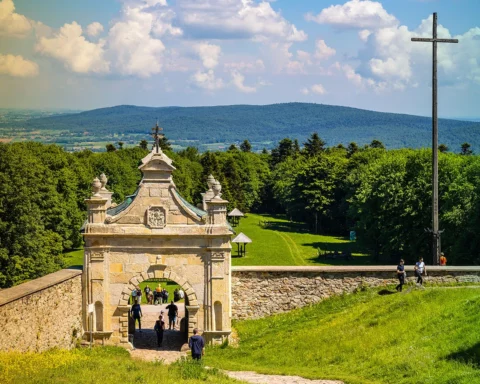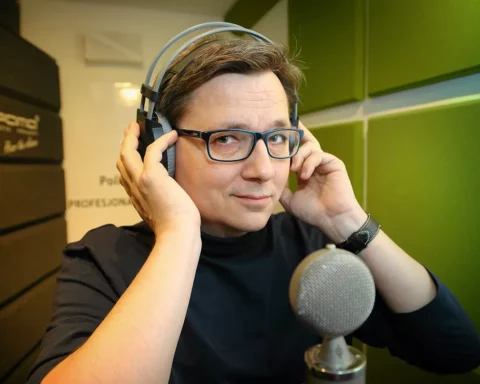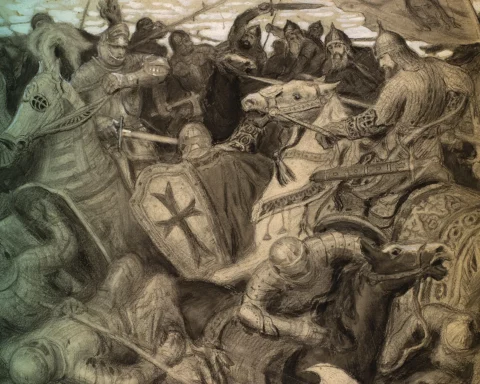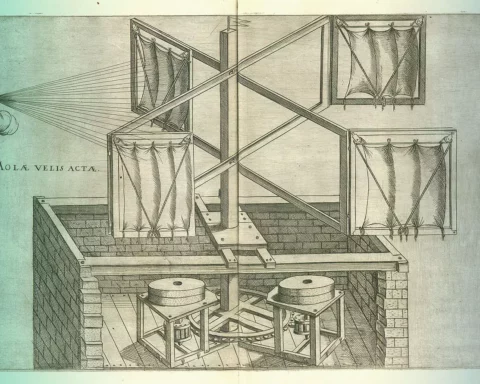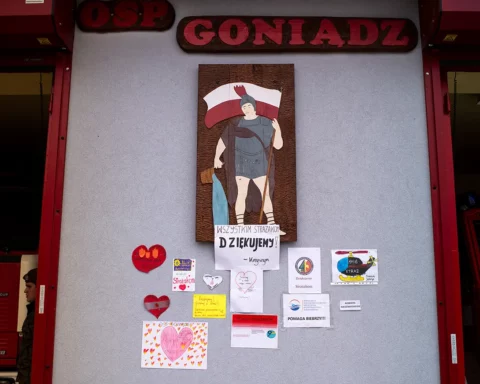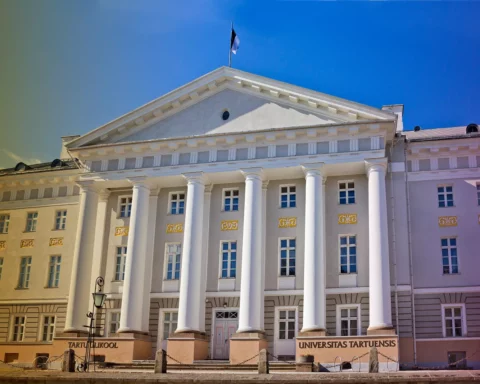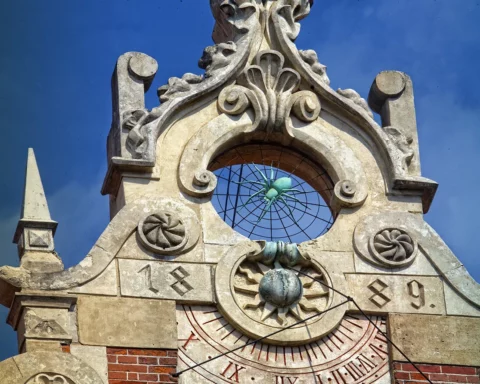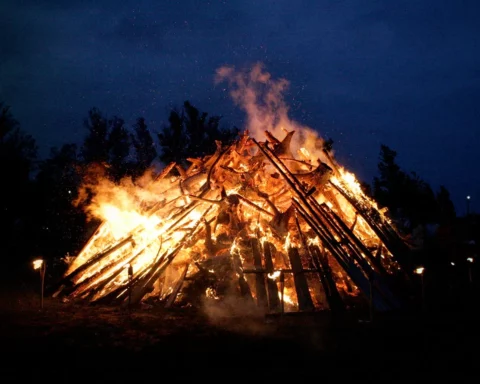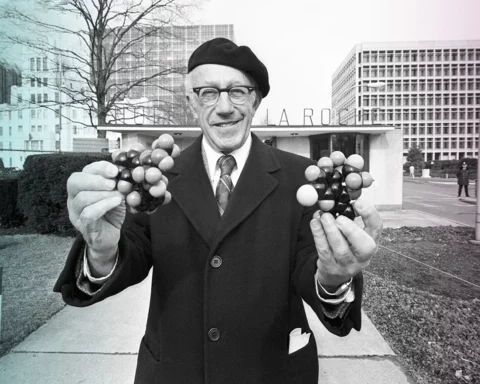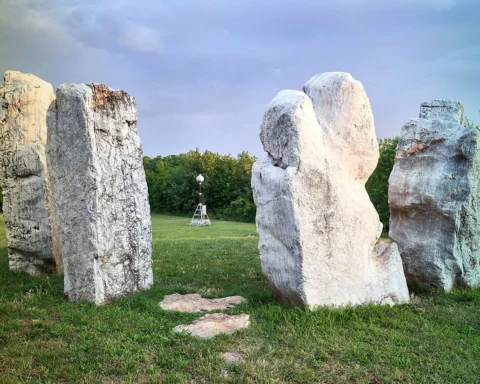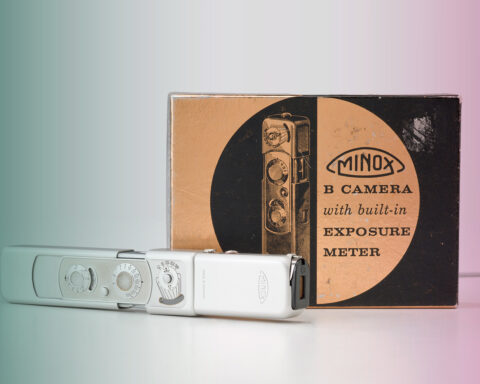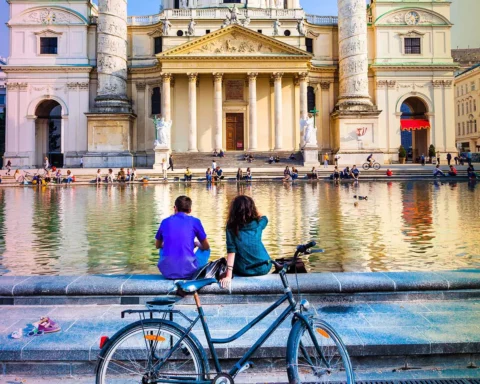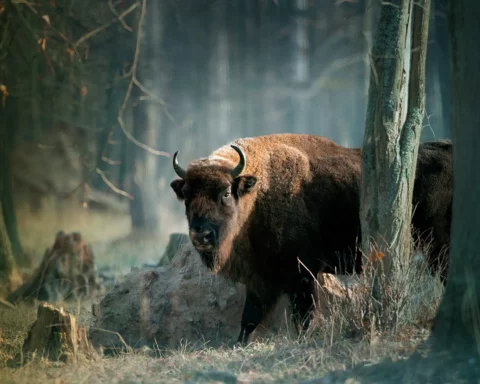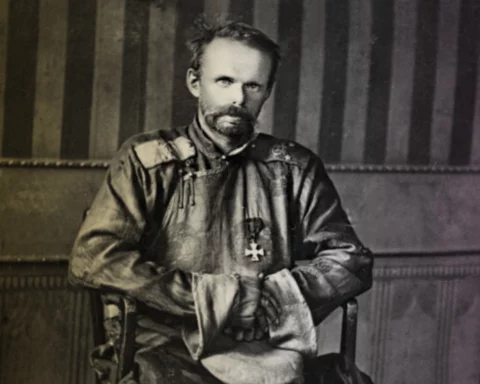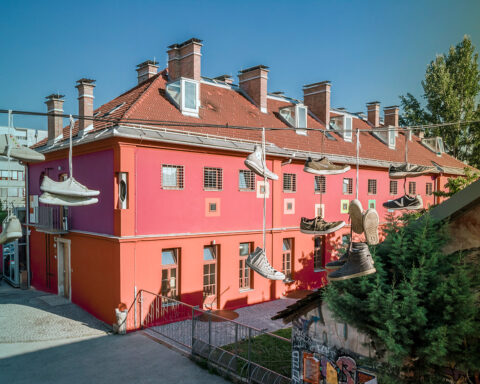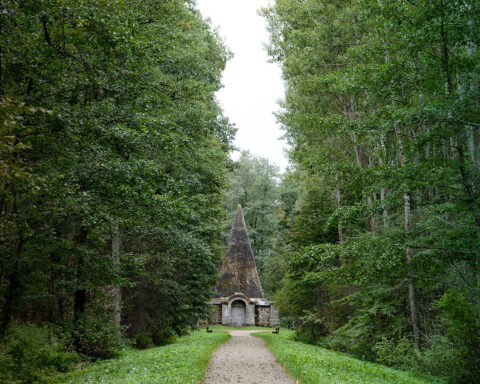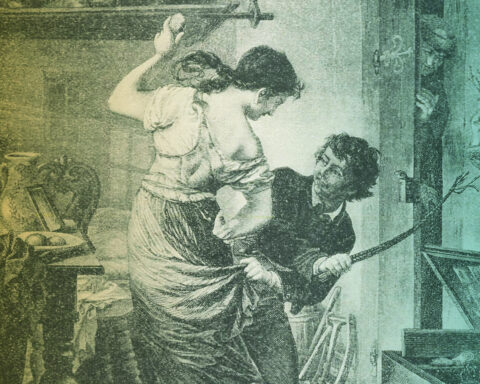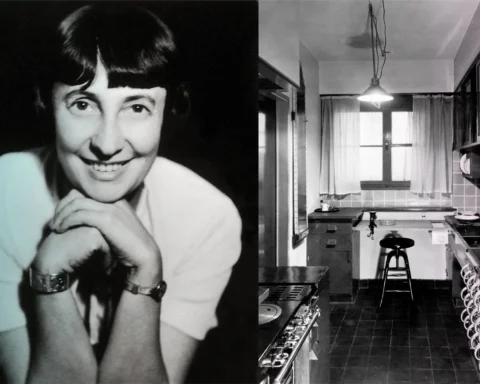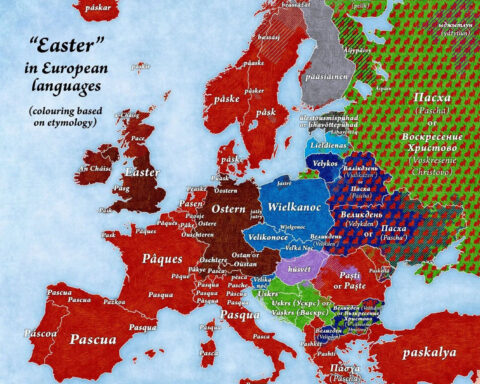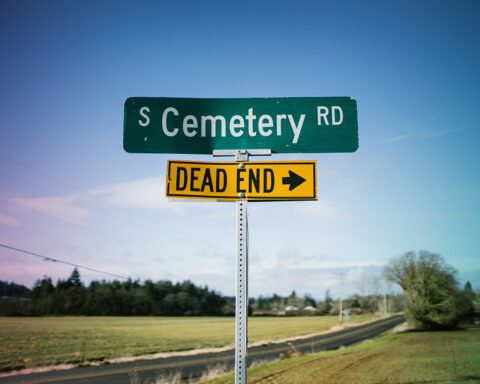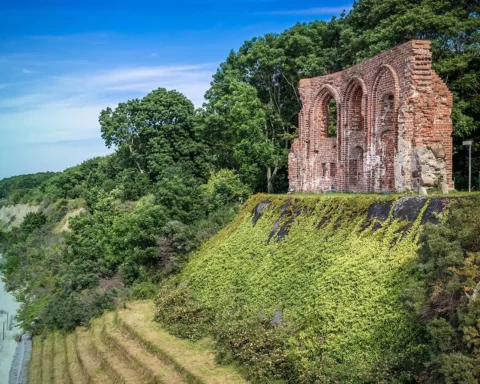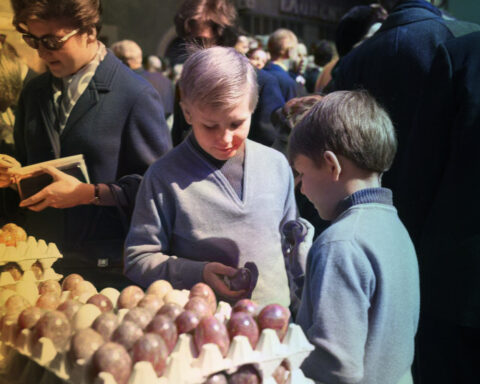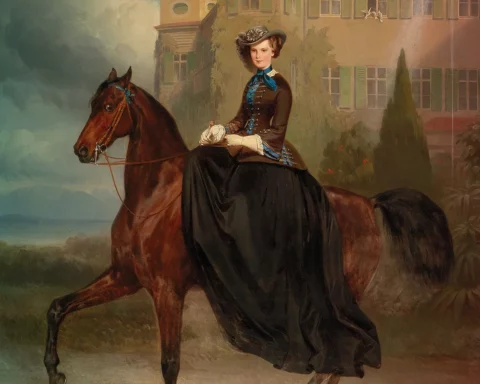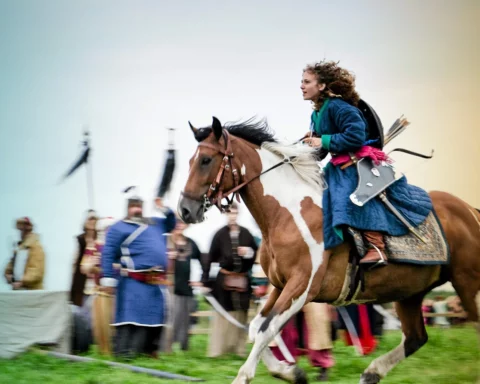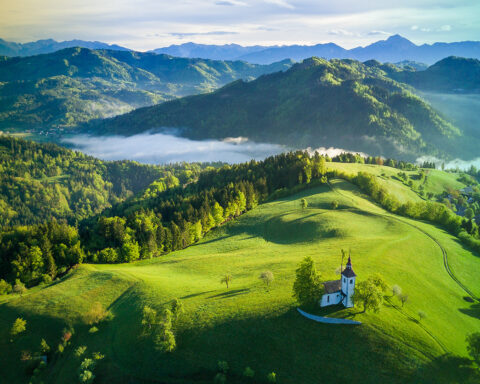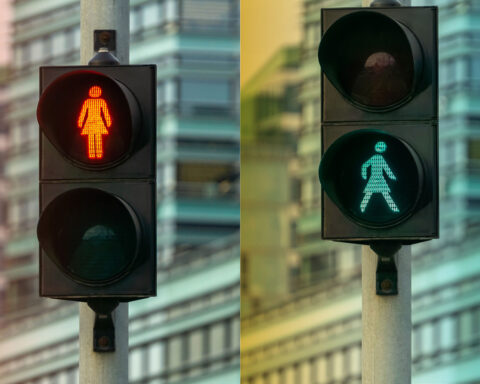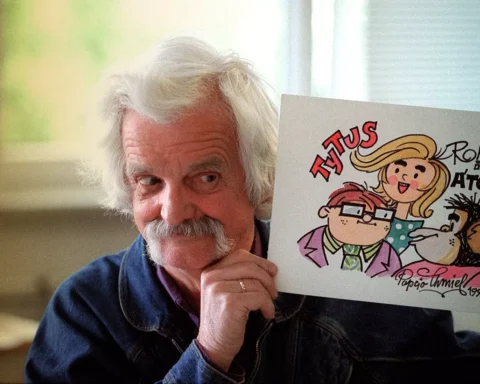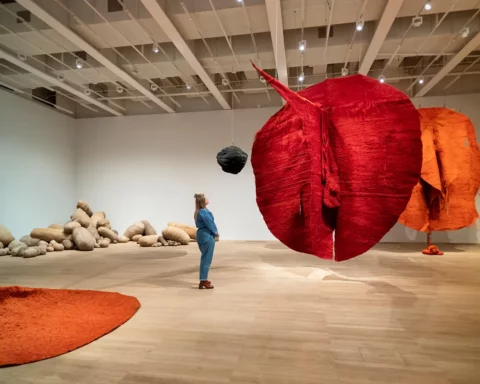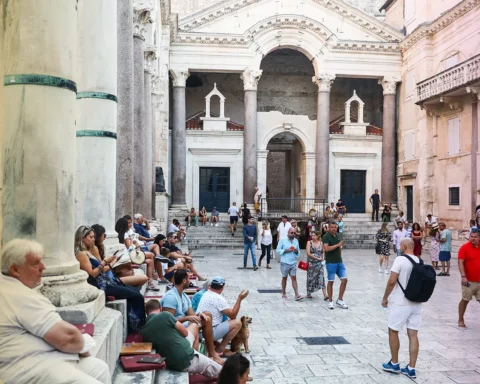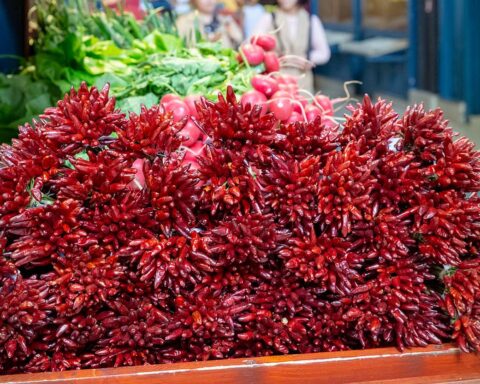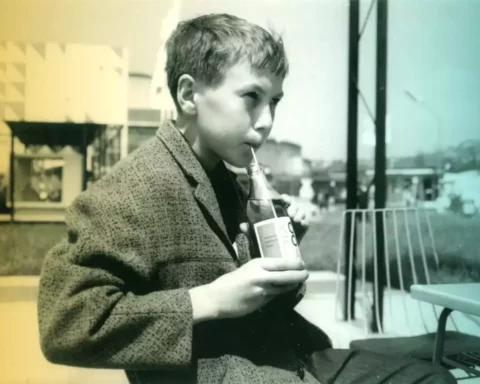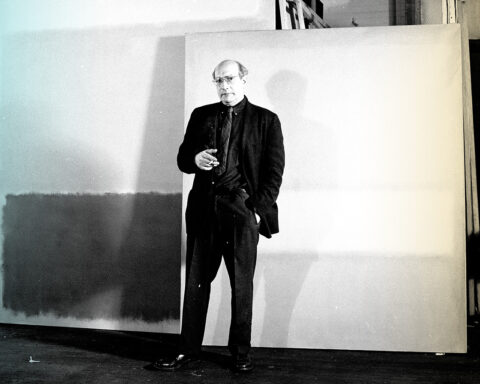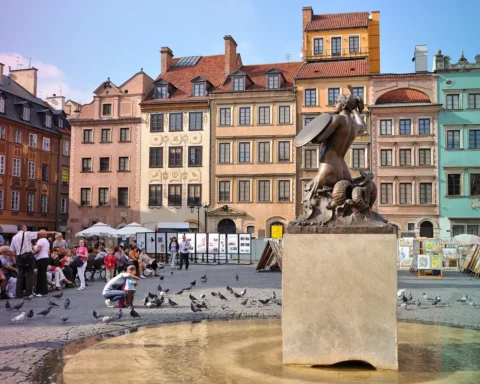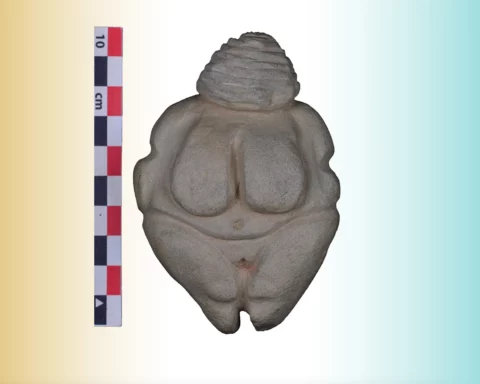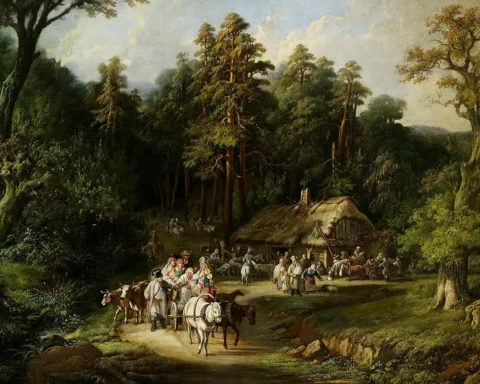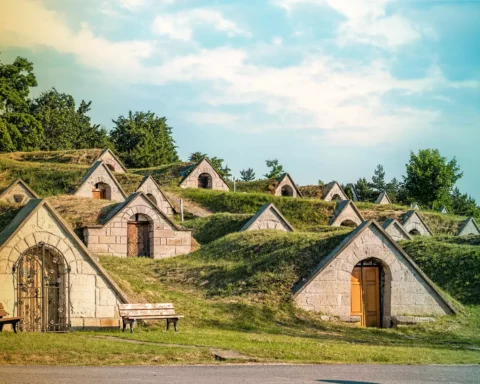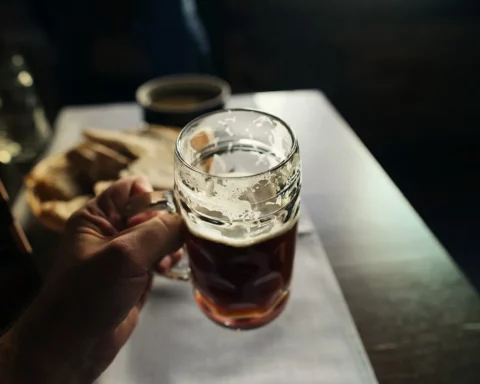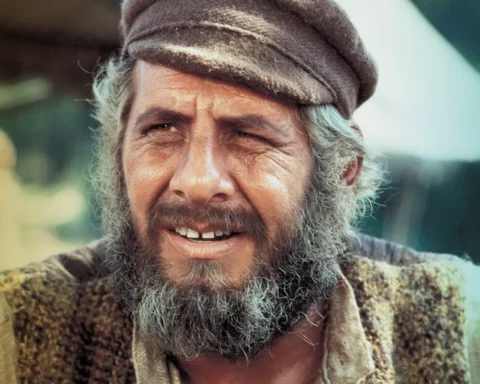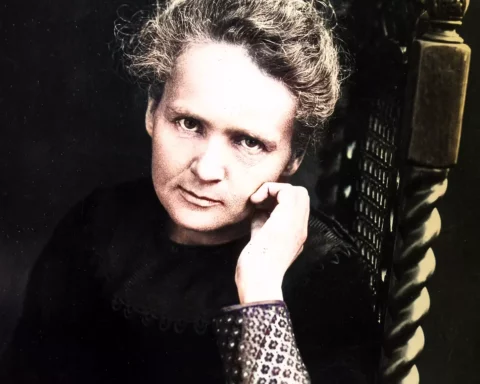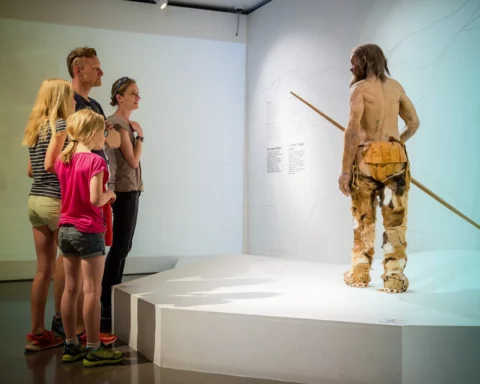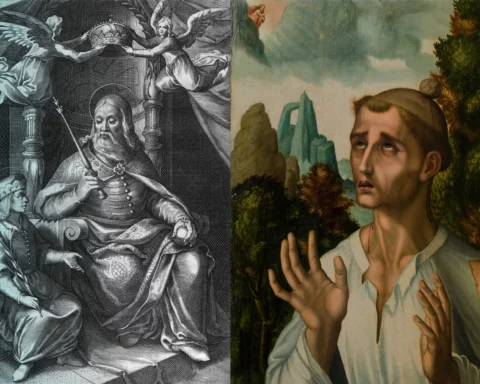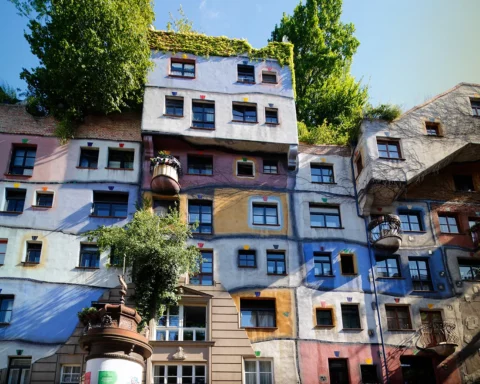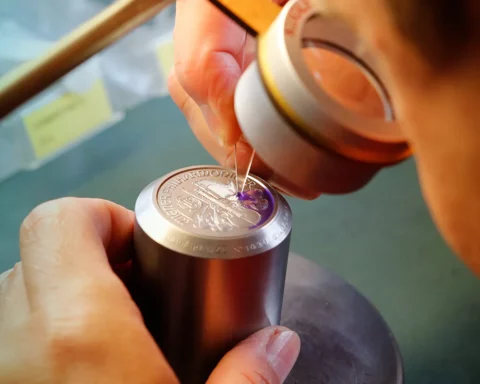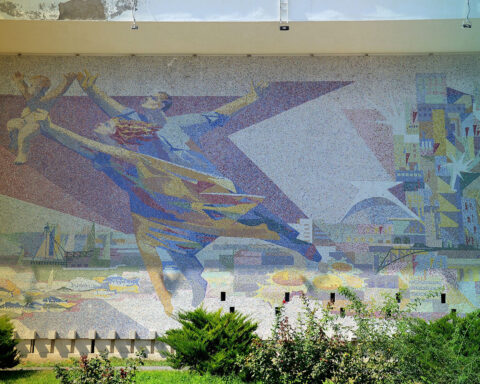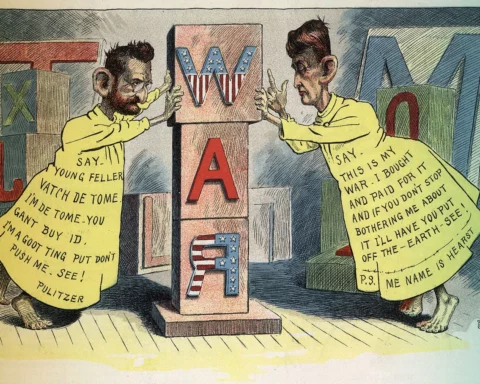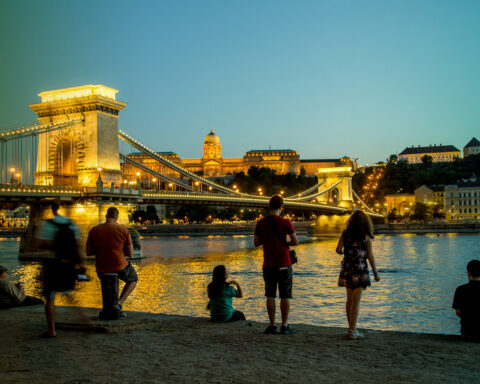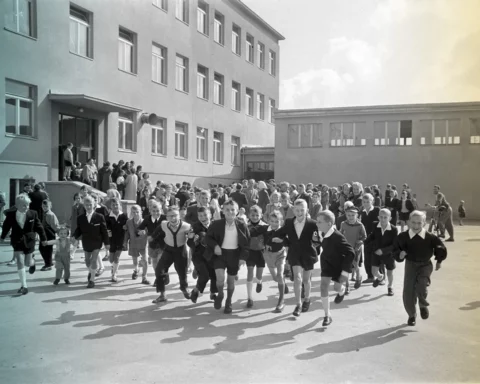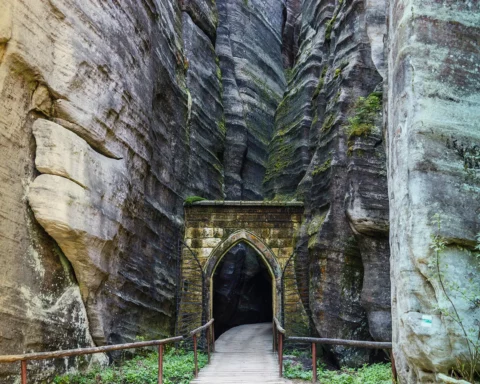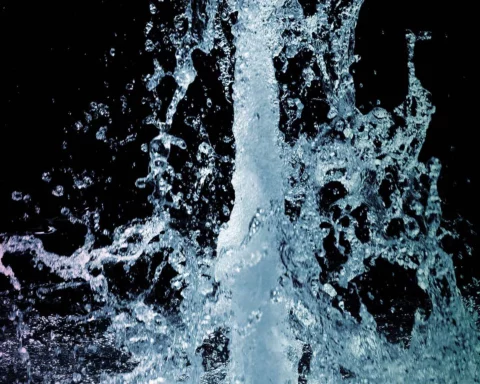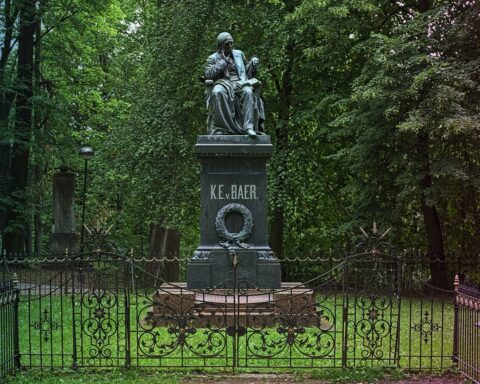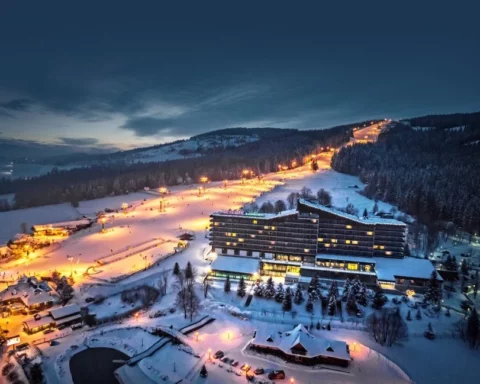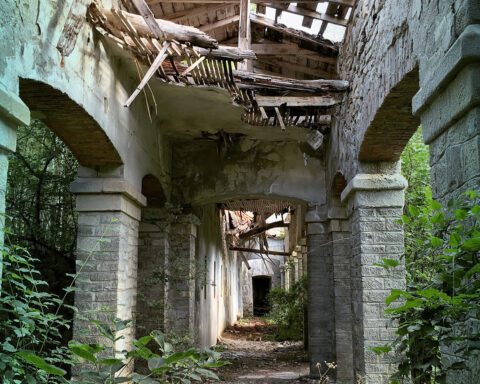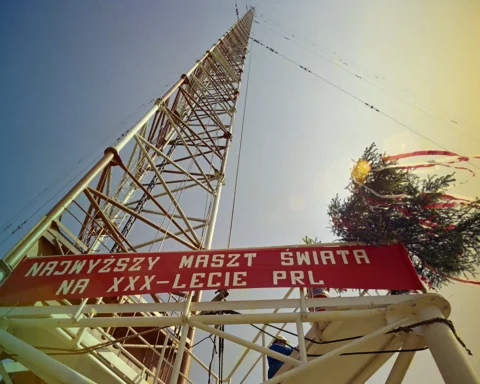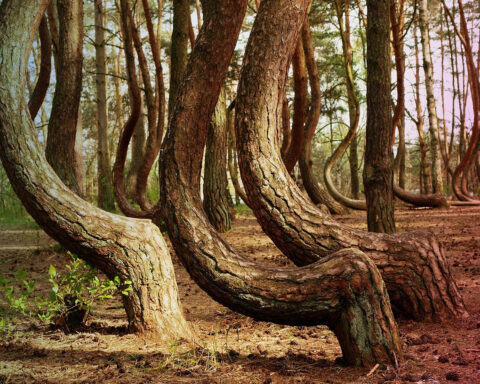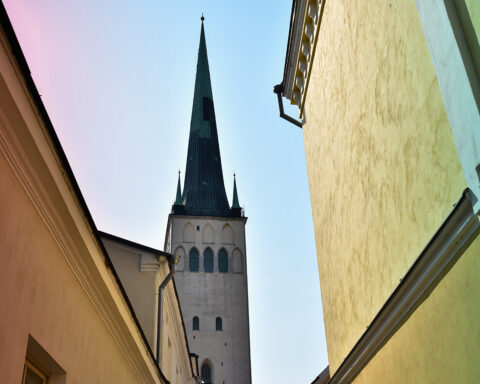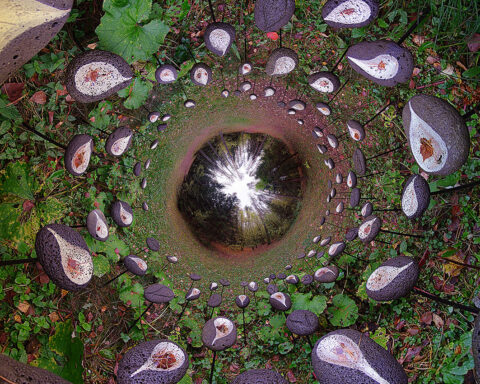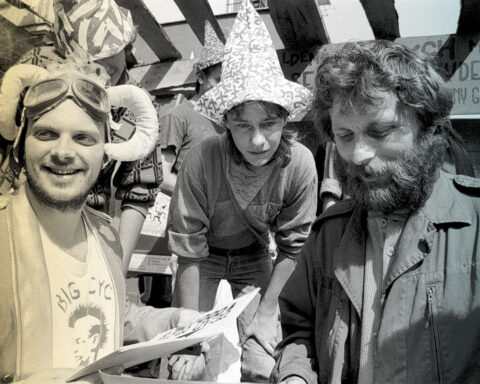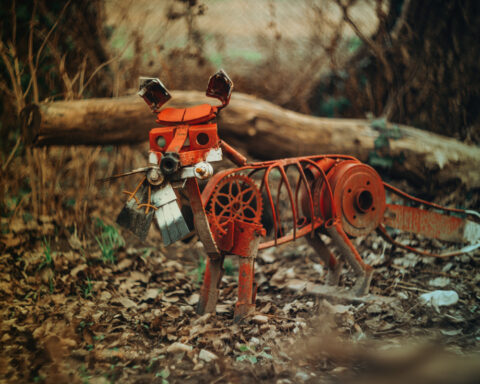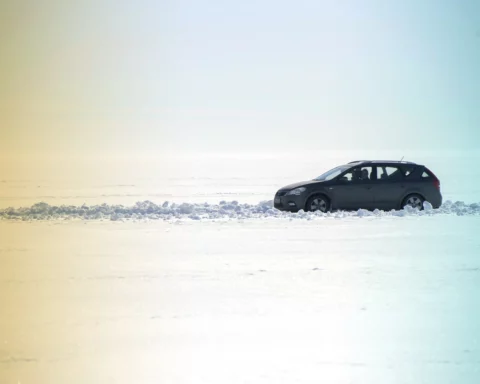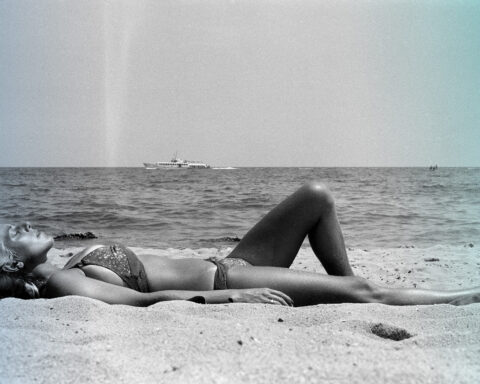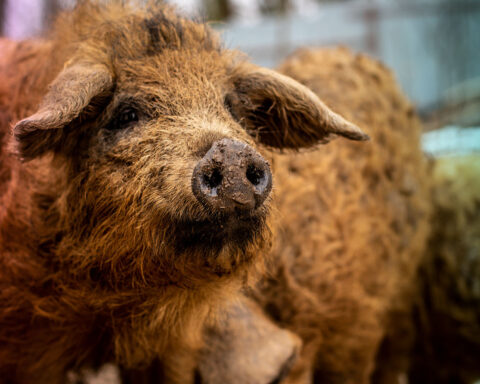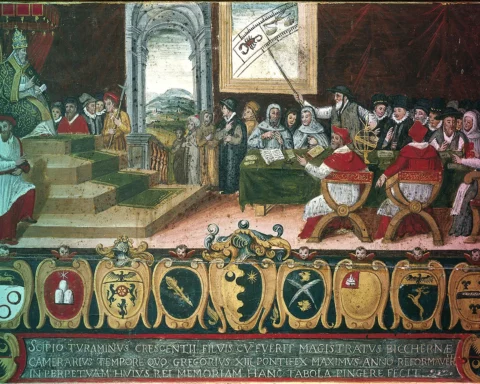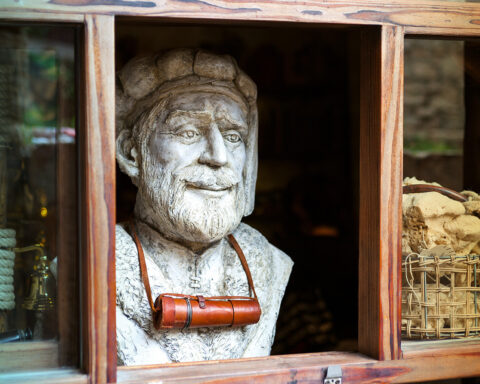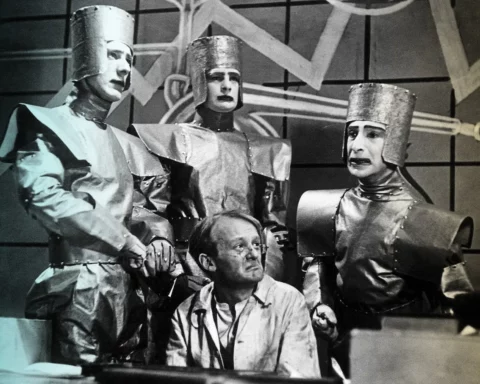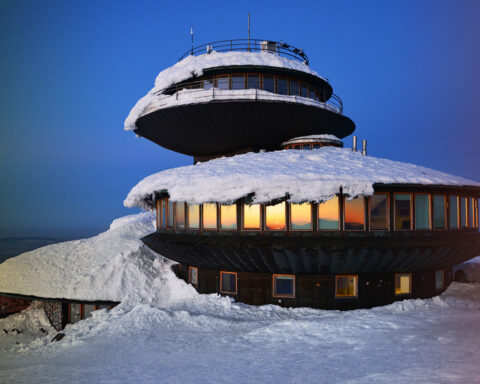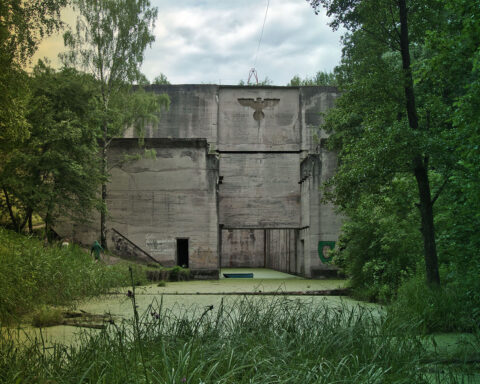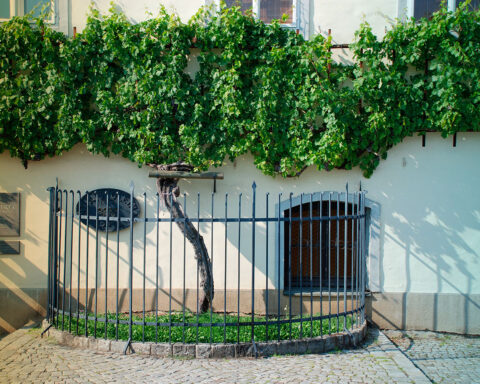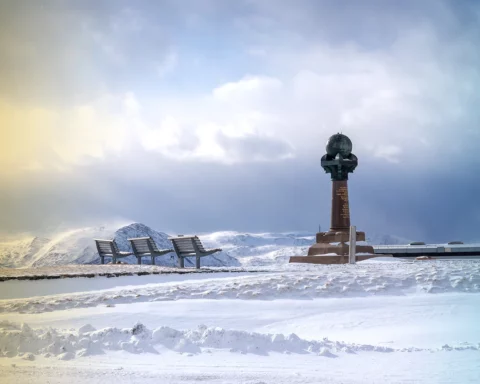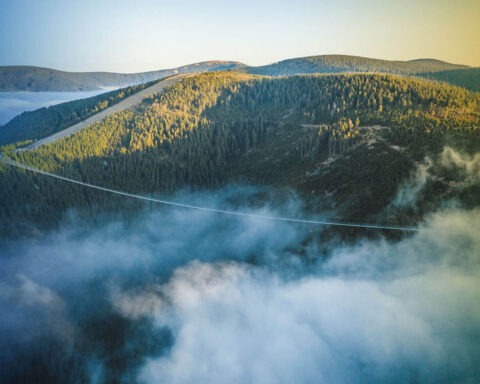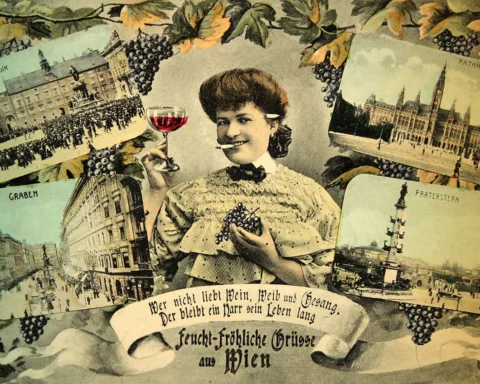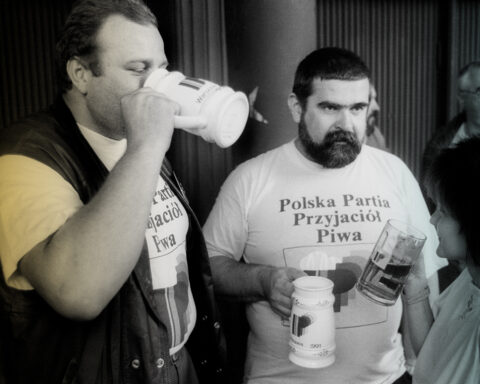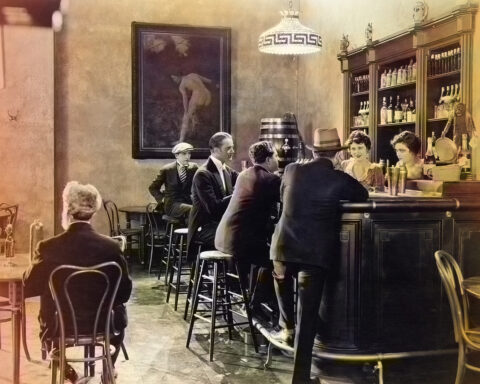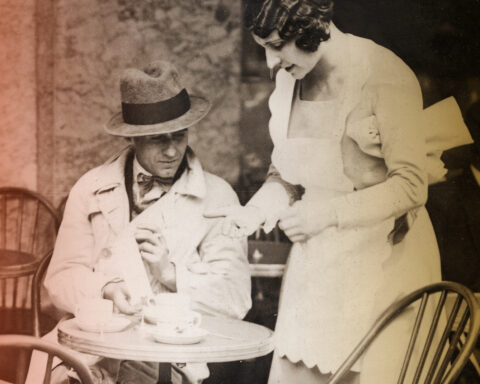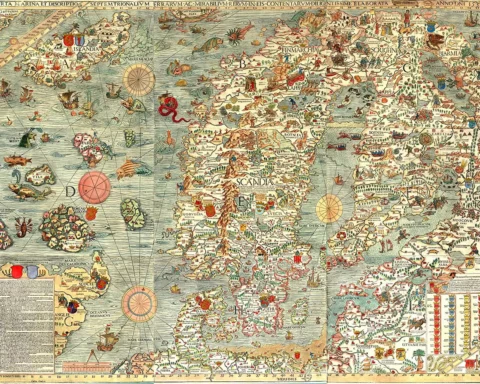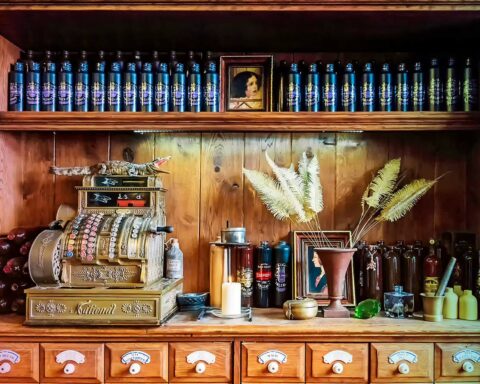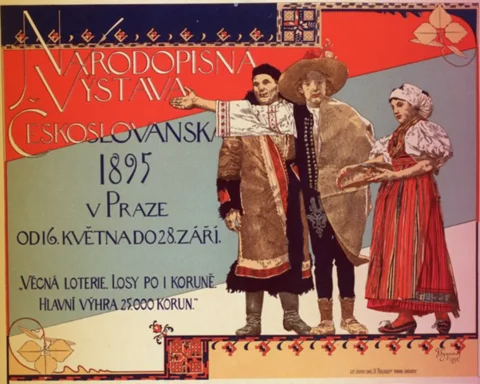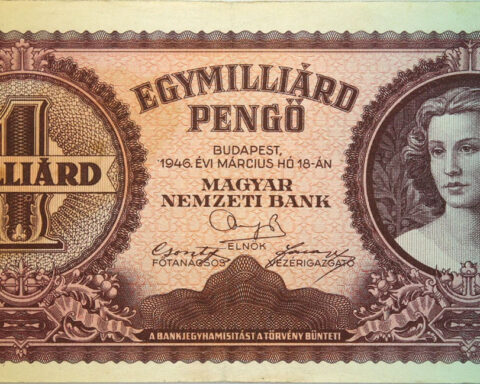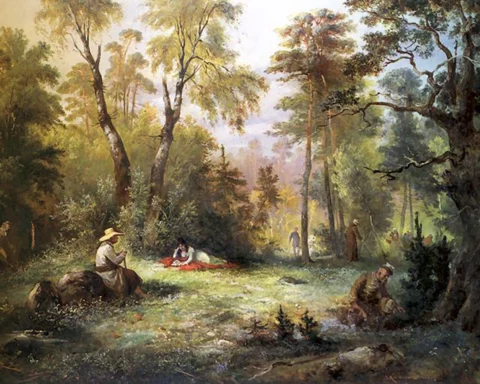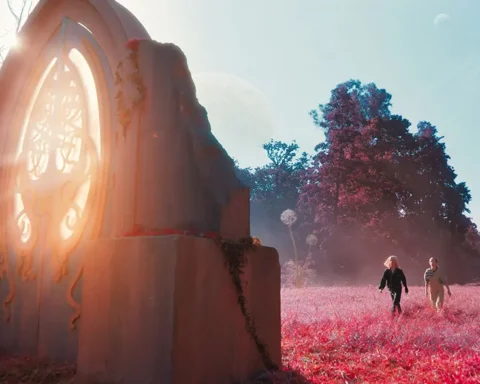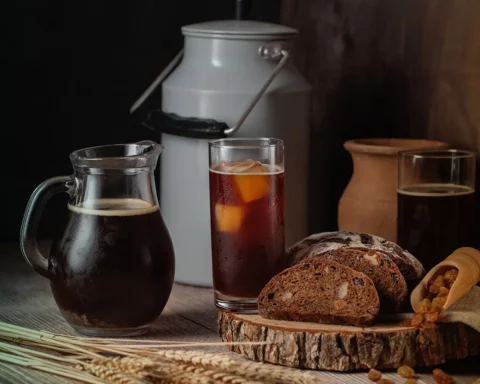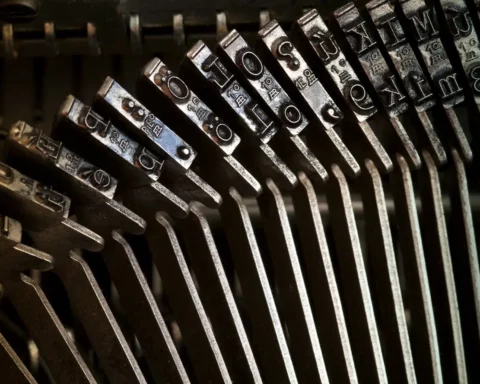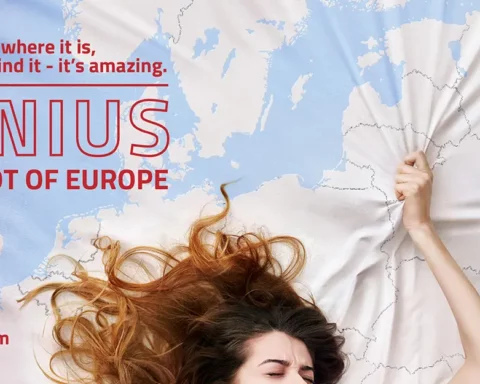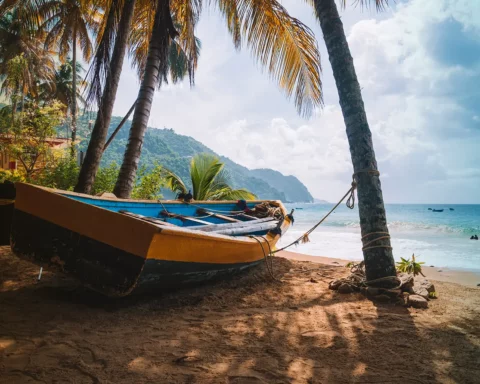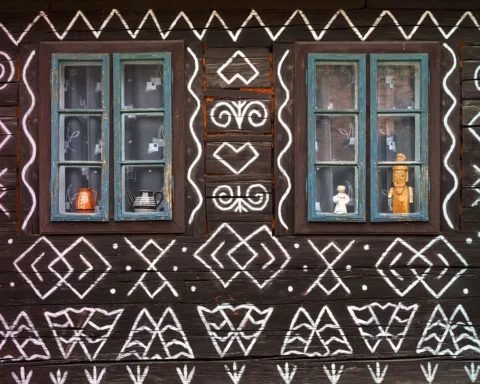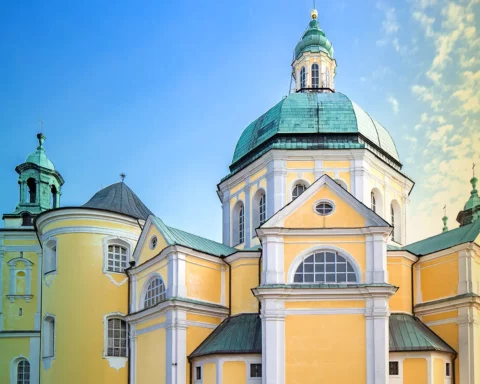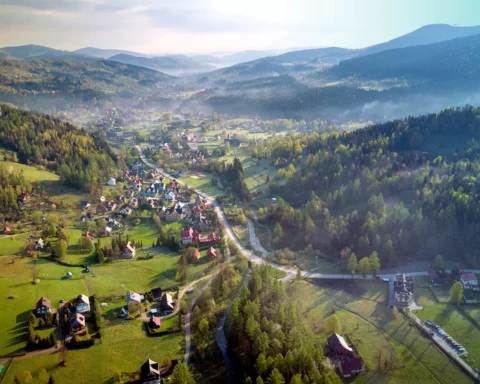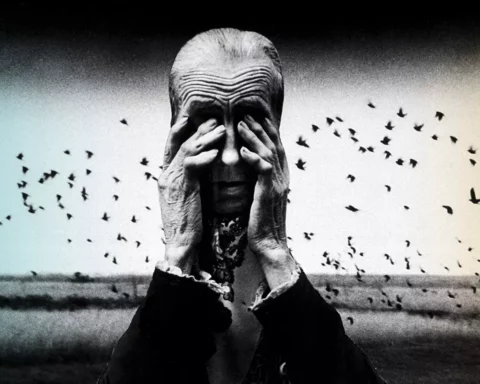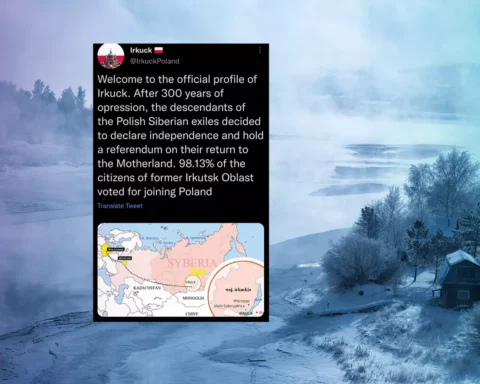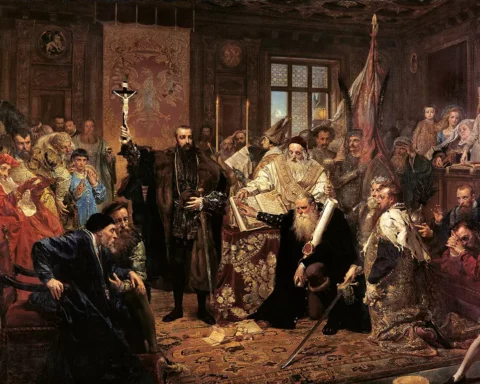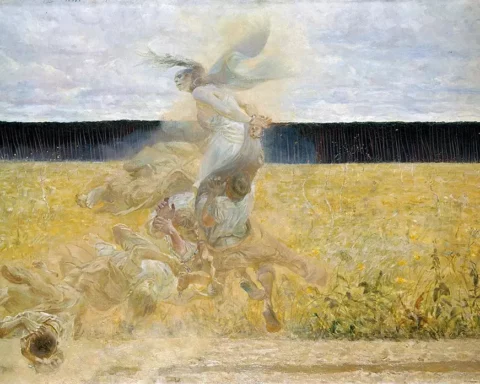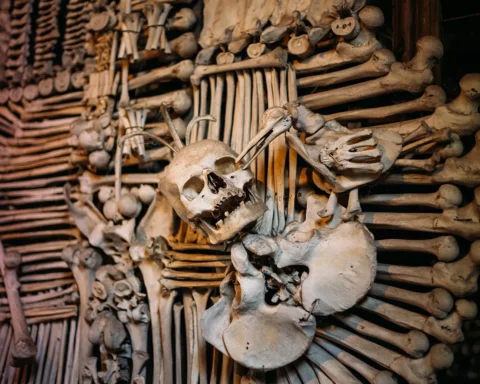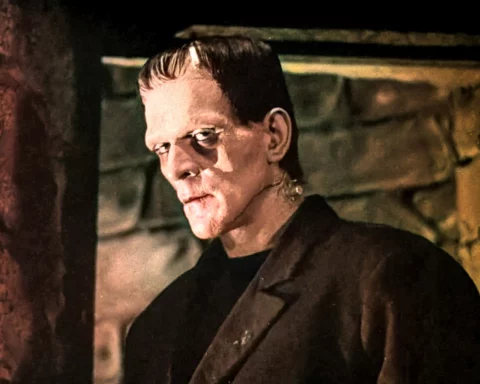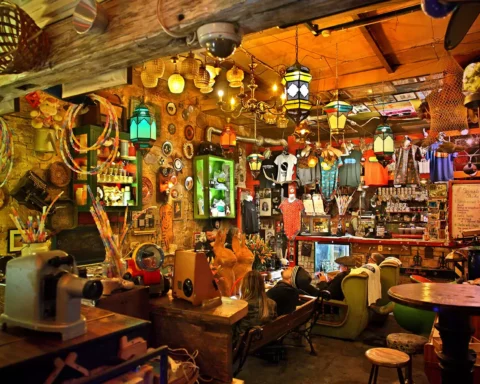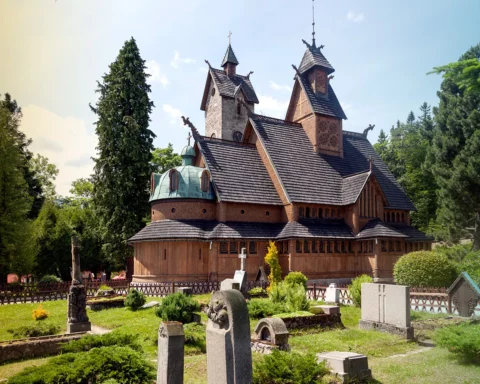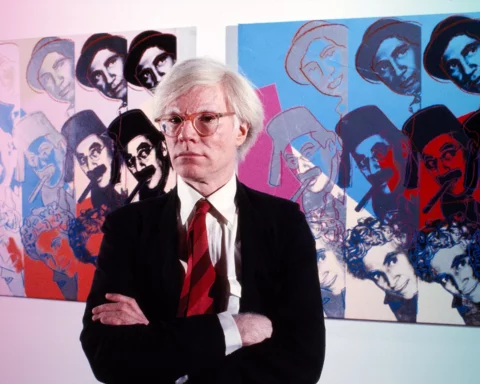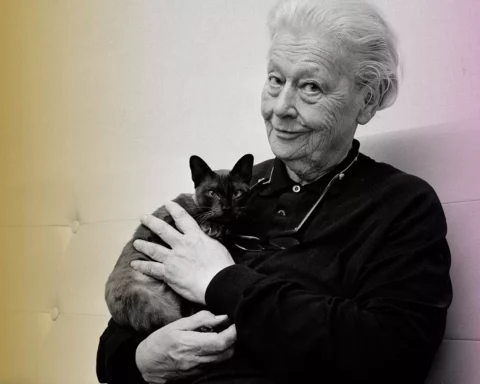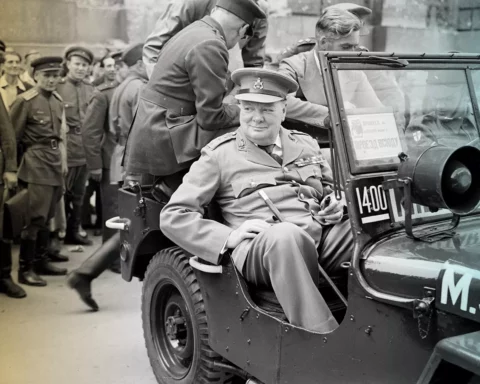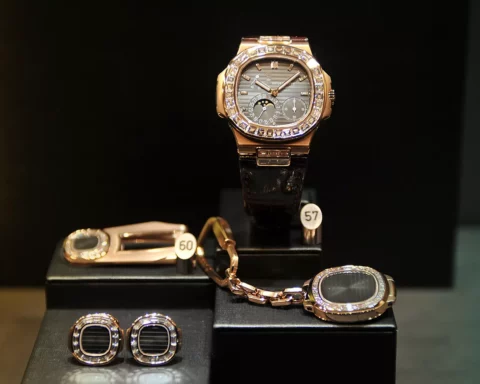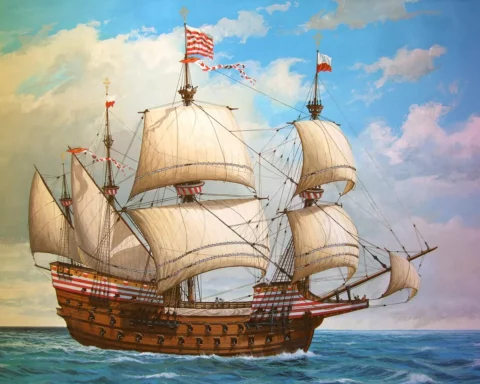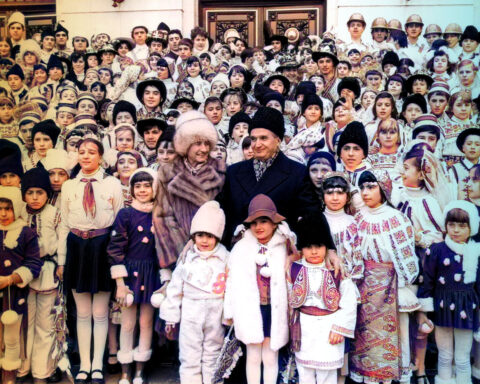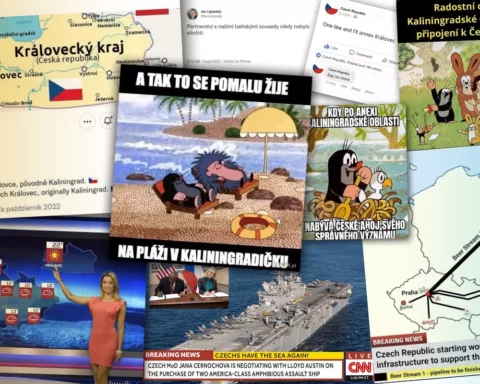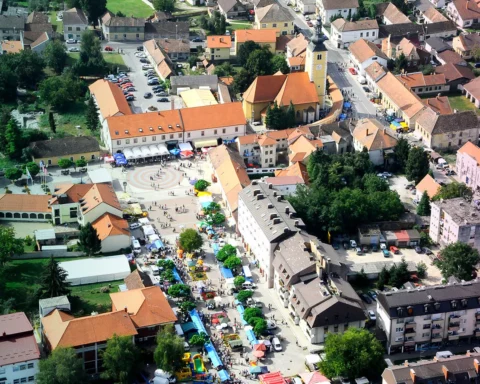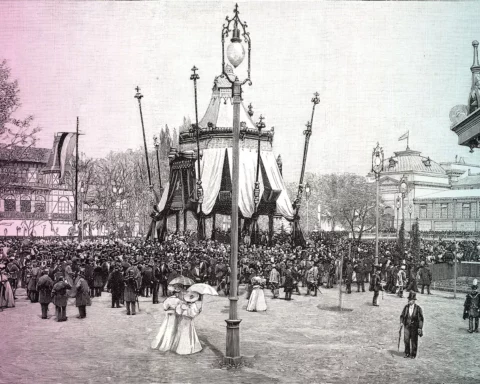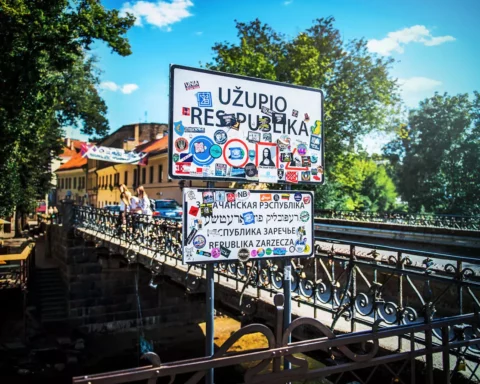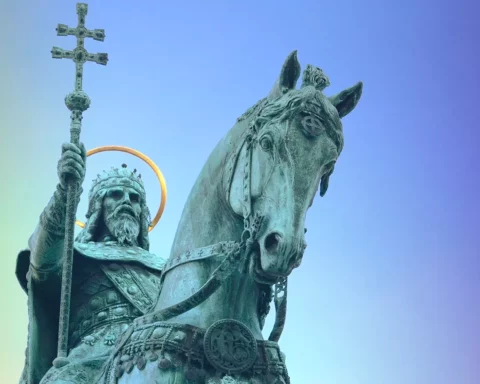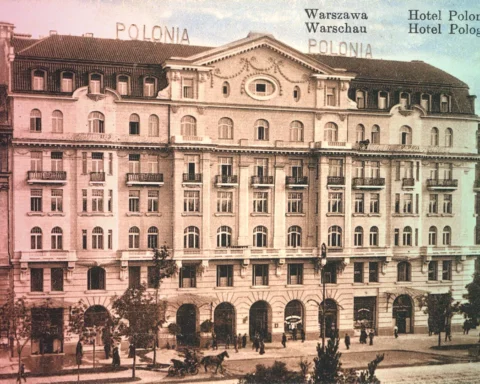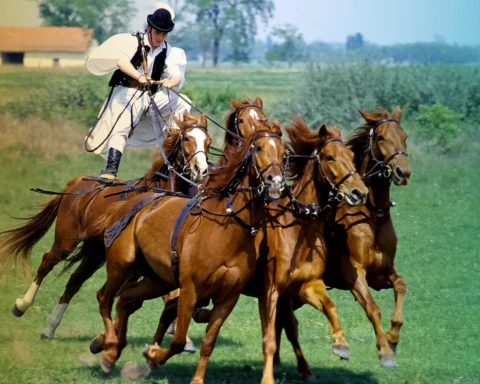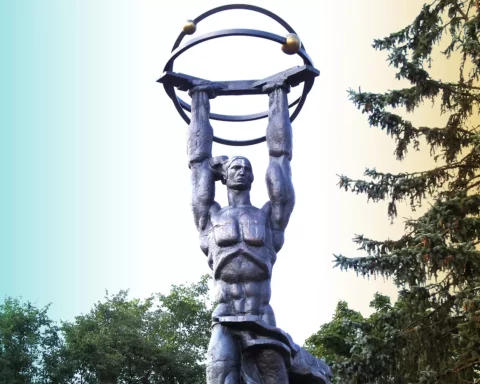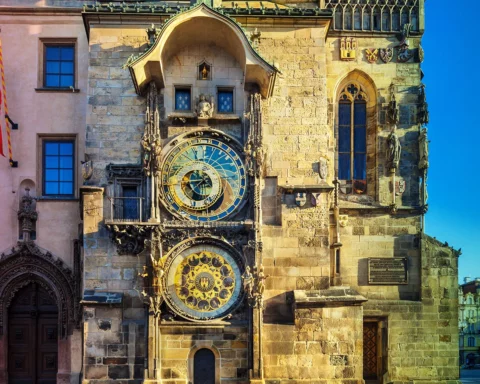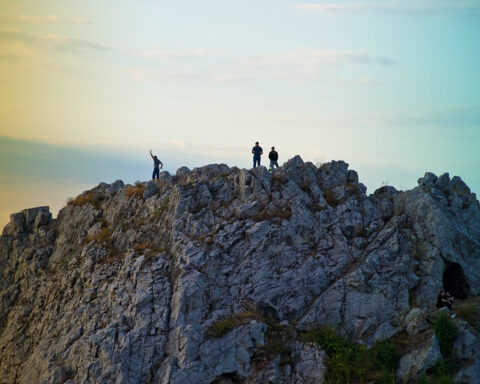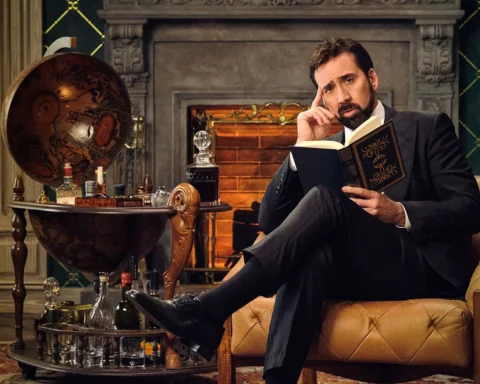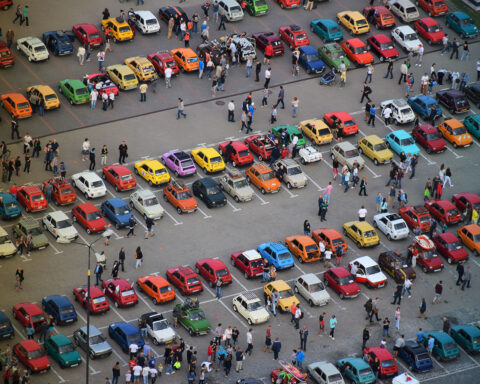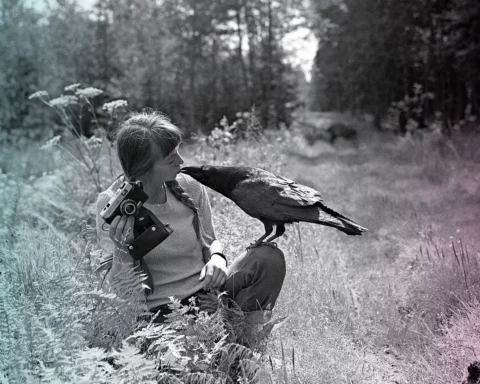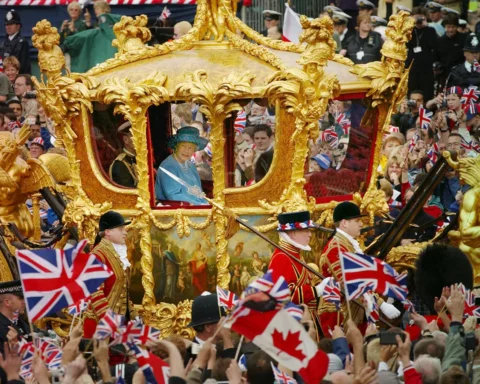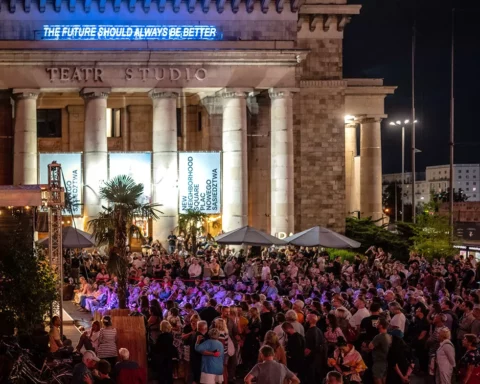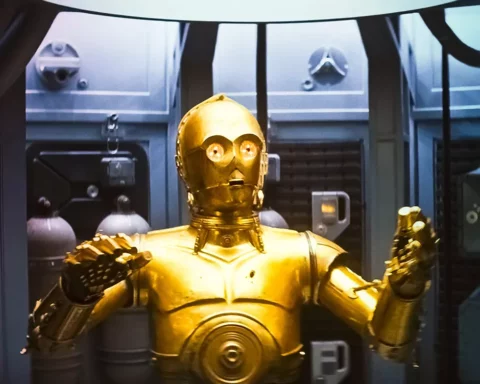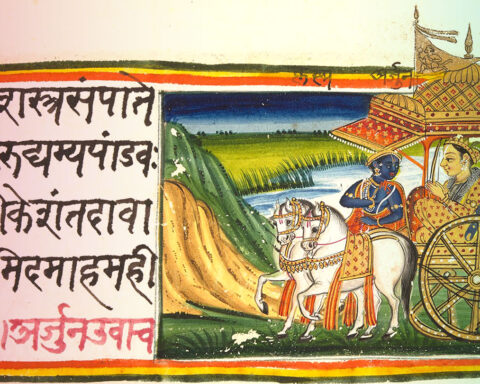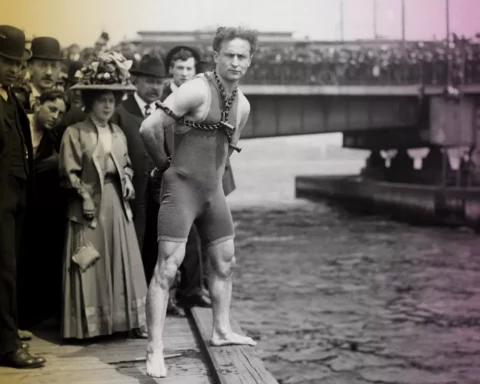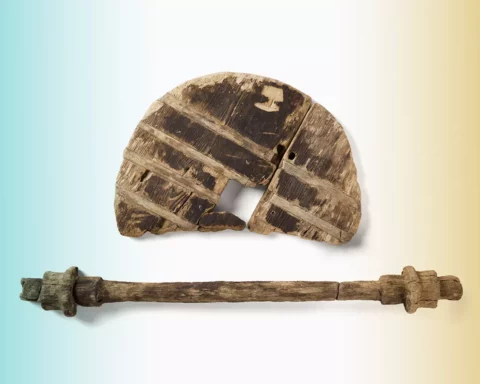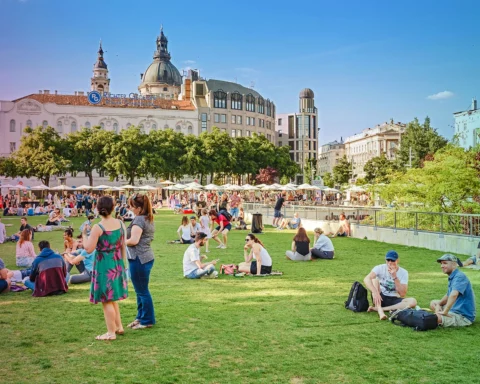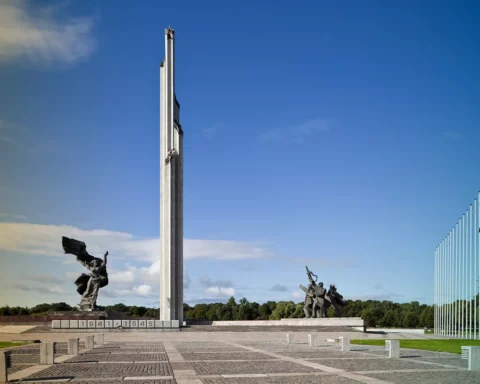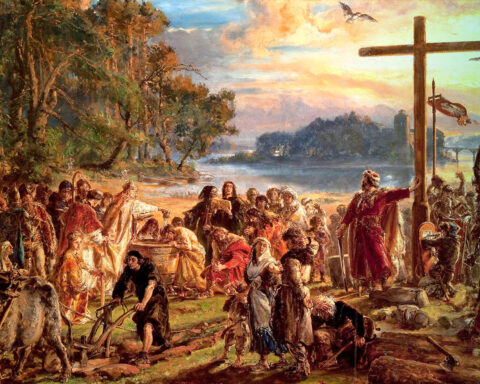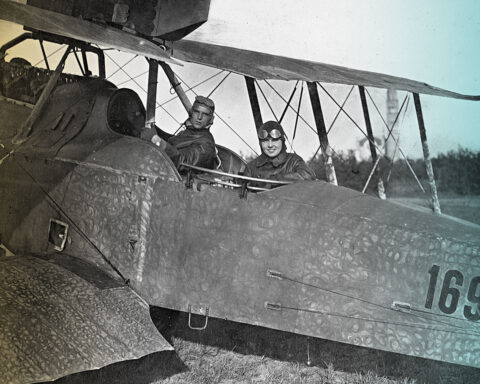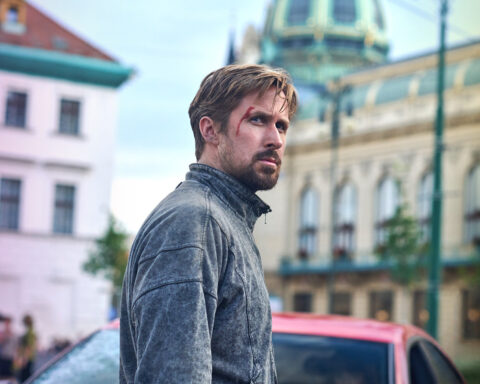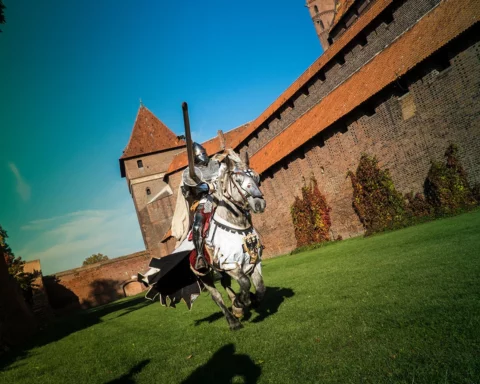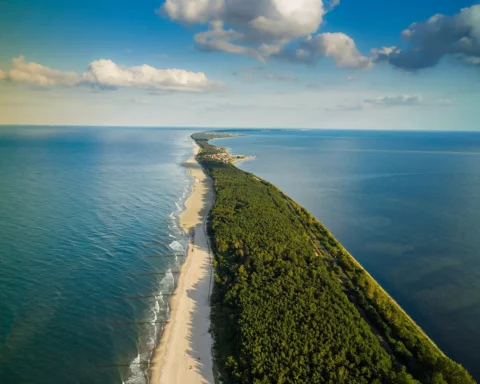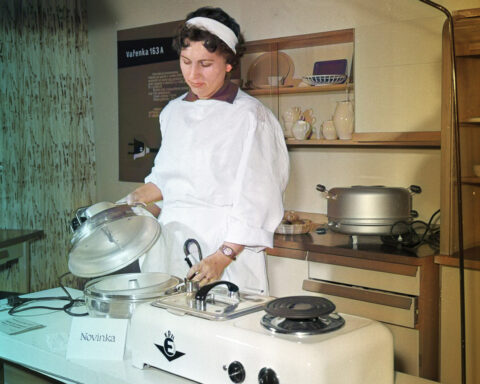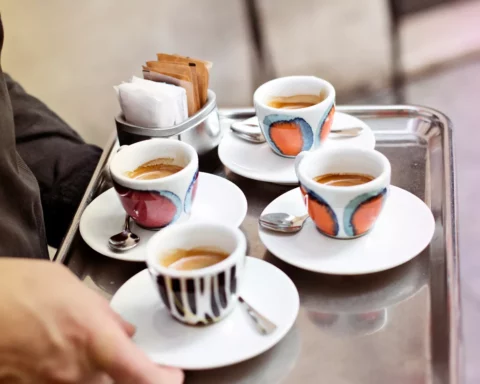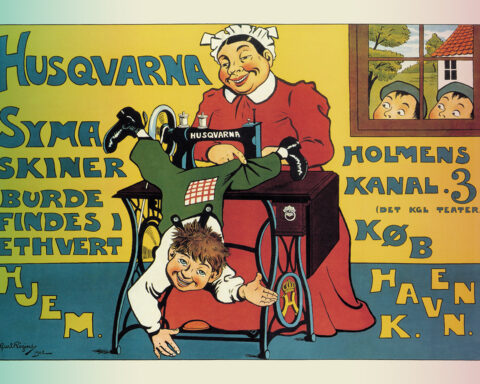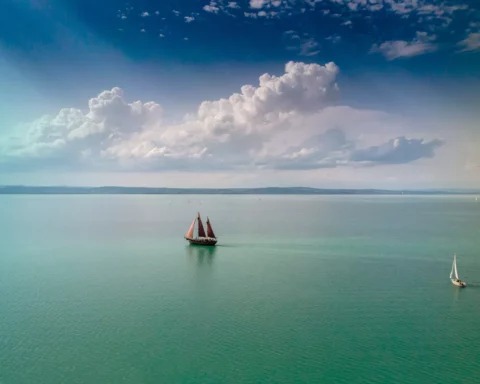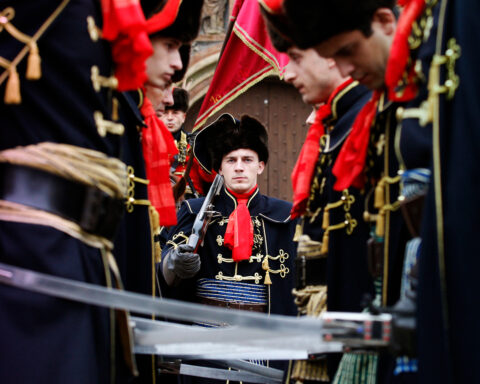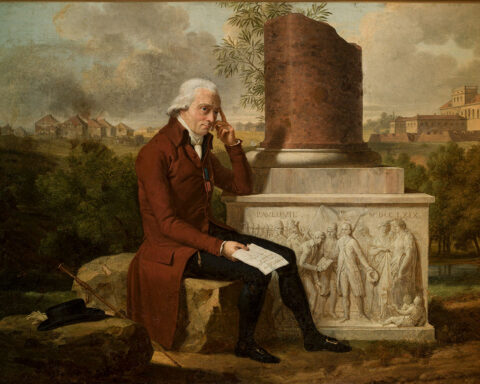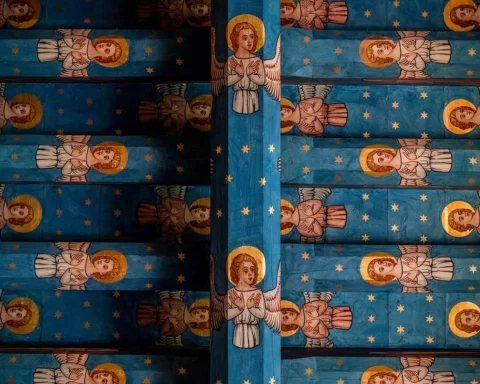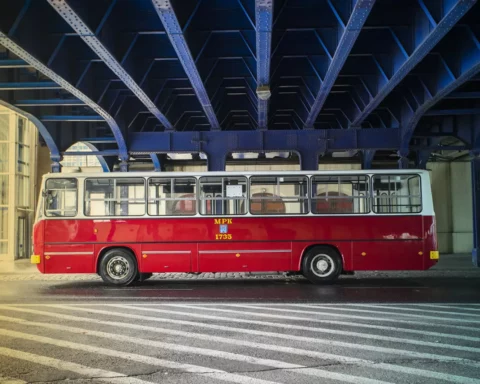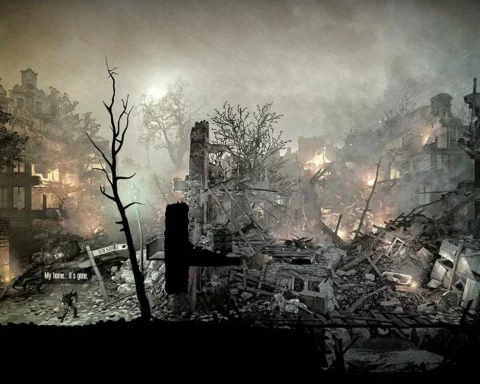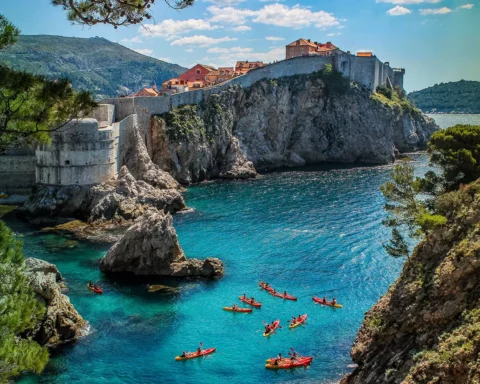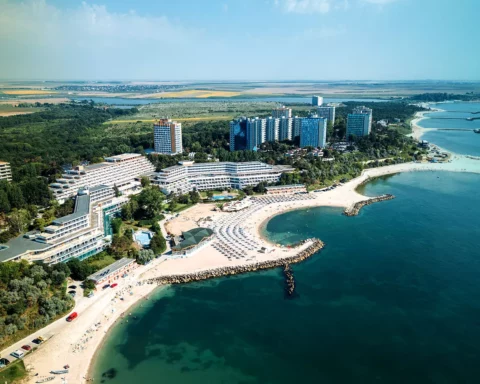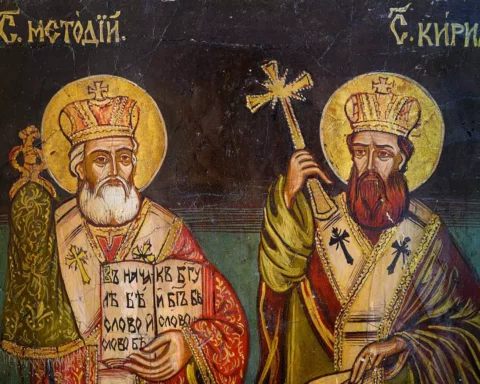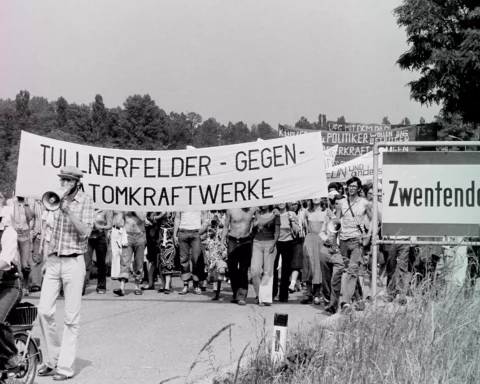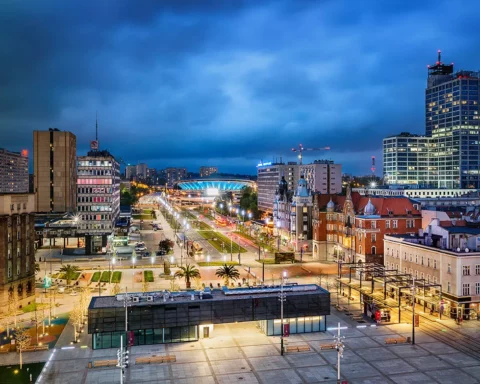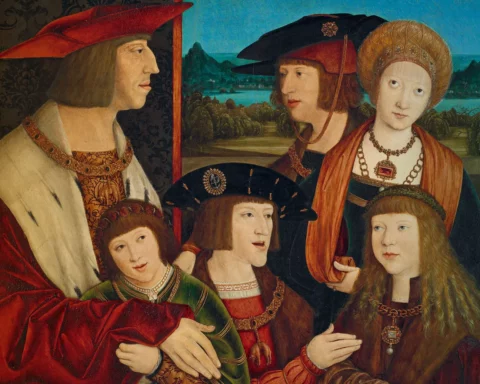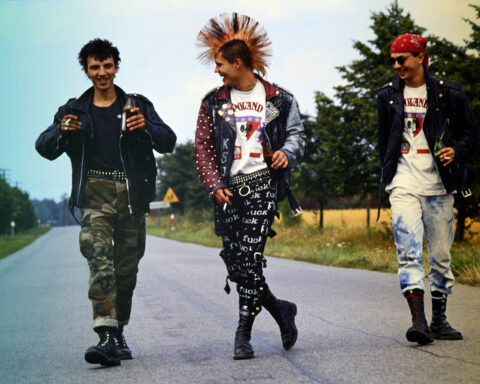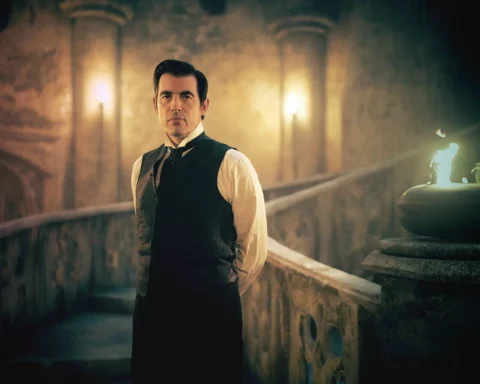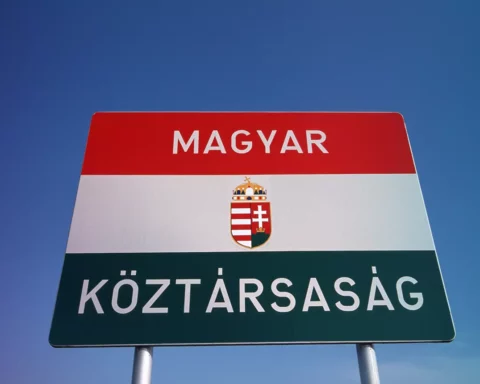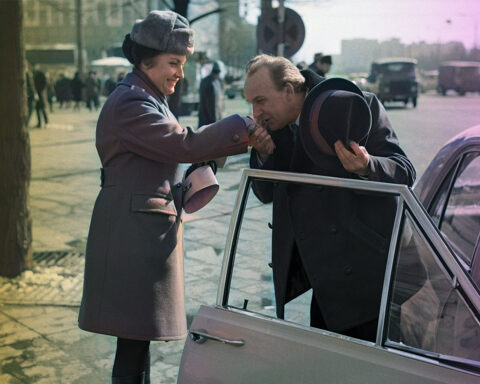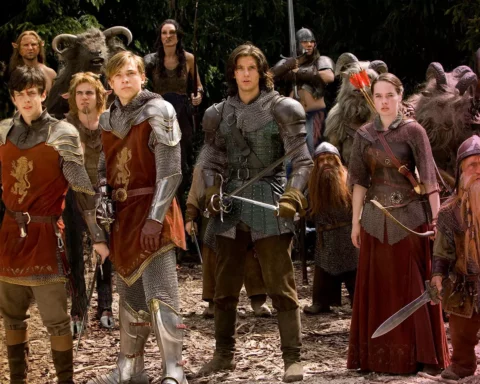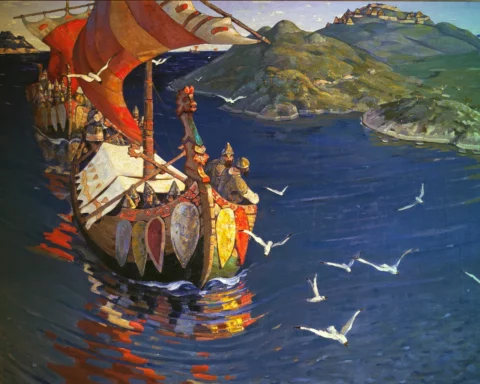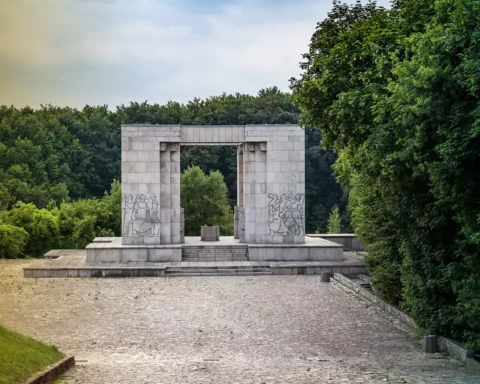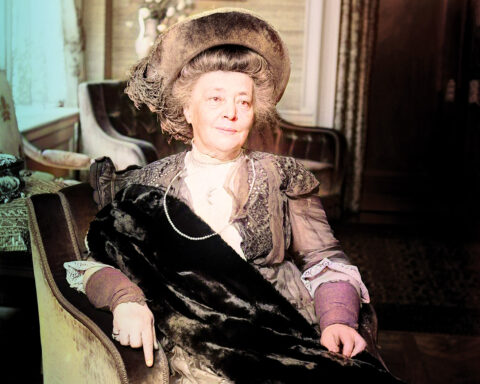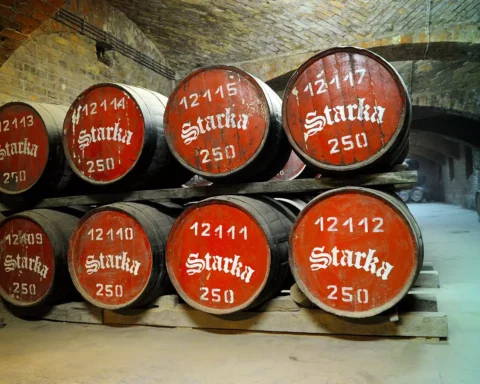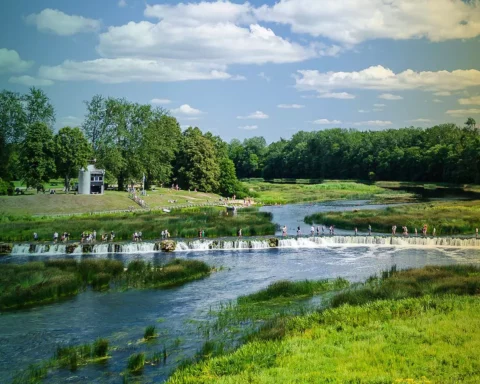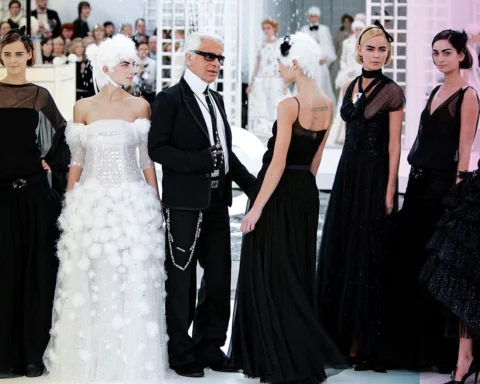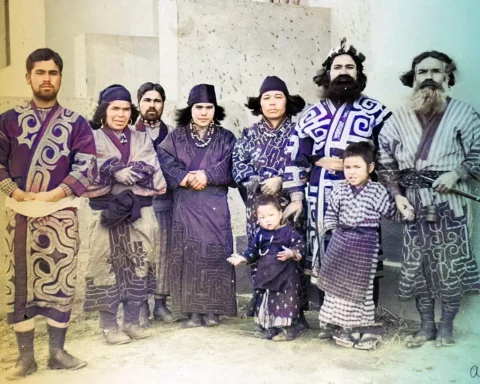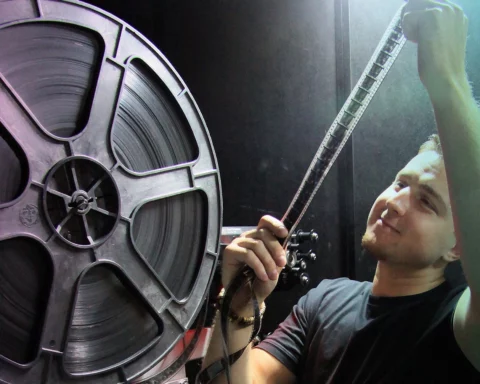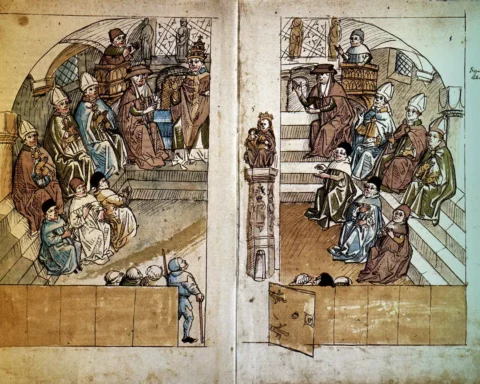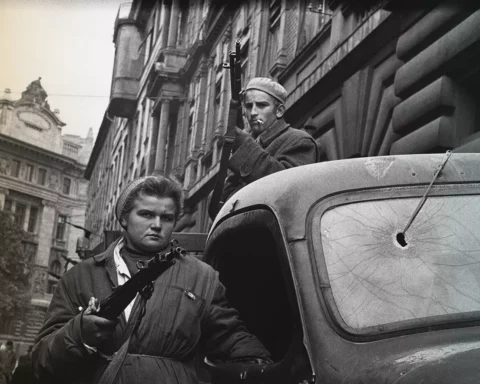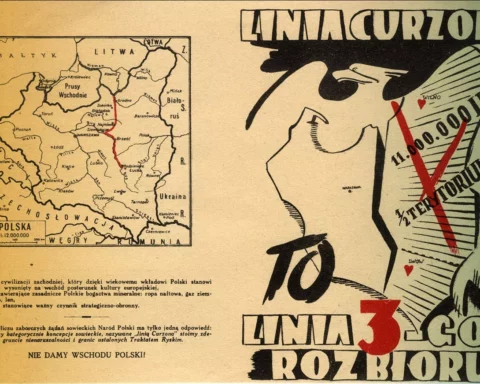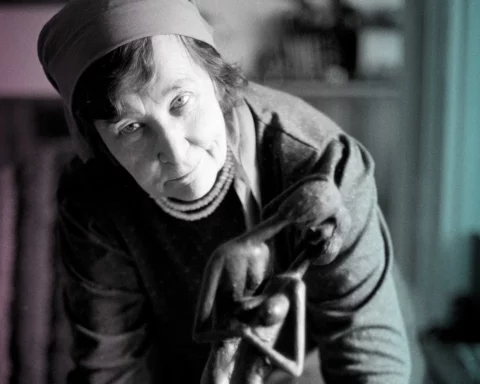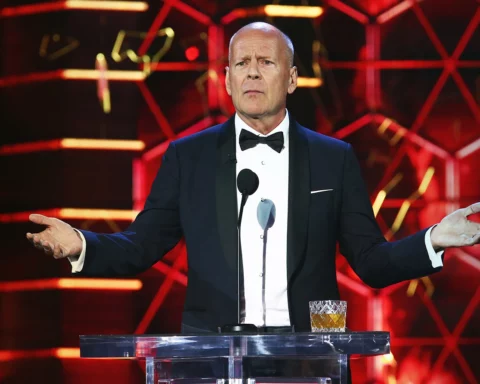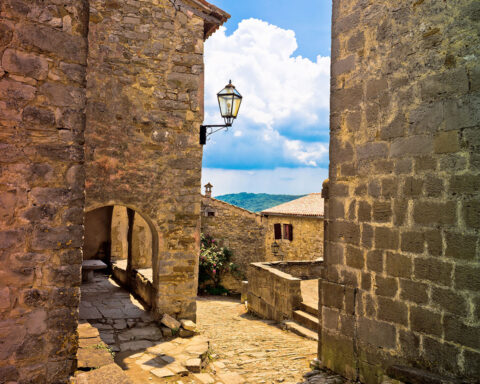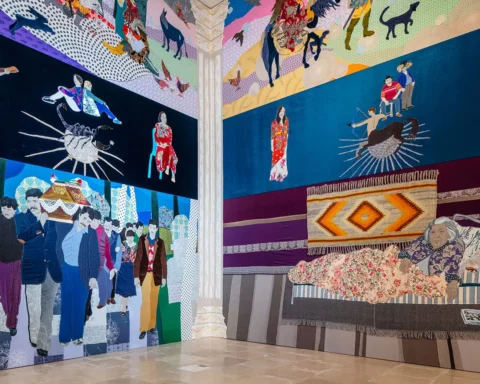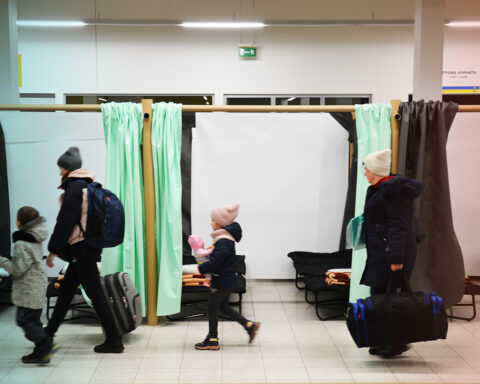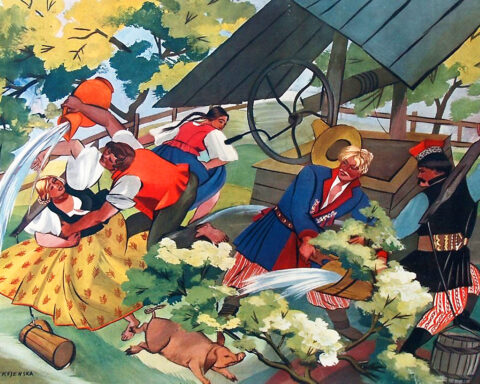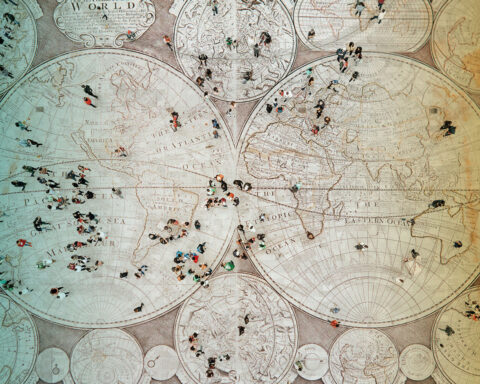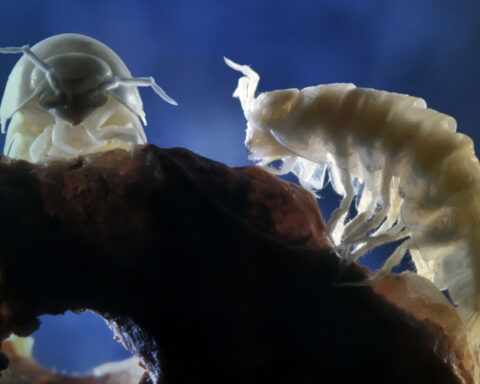When he created the iconic "Count Dracula" accent that endures today, Hungarian actor Bela Lugosi had a secret weapon: simply not speaking English well. The myth is that he memorized sentences he couldn't understand. However, the truth is more of a grey area.
The recent archeological discovery of a 17th C. woman’s corpse buried with a sickle around her neck points directly to her being suspected of some undead activity. However, her moniker, the vampiress, isn’t entirely fitting. It’s not that she wasn’t suspected of being undead (she was), but the term “vampire” doesn’t fit her time and place.
The idea of washing in water that pours down from above your head was introduced by controversial balneology and alternative medicine pioneer Vincenz Priessnitz.
With the advent of modern science, there also came modern detectives. One of the first was Juan Vučetić, born in Hvar, Croatia, who pioneered dactyloscopy and was the first person in history to identify a killer based on a bloody fingerprint.
With two million people, Slovenia is among the smallest nations in Central and Eastern Europe. However, when it comes to internationally recognized cuisine, it is one of the biggest powerhouses. What is the recipe for their amazing culinary success?
Medieval Polish historian Jan Długosz once claimed that trees in the Roztocze Forest turned to stone just a few years after death. The reality is just a bit more complicated.
A 200 kg stone with curious inscriptions found in Canada's Nova Scotia has scientists and historians wondering if perhaps this stone bears proof that a Hungarian set foot on North American soil centuries before Christopher Columbus.
Make some noise for the wooden structures in Võru County, Estonia that amplify the forest's sounds without disturbing the natural order.
Though the full-scale potato harvest is an autumn thing, baby potatoes are a late spring/early summer delicacy.
Active mainly in Vienna and Bratislava, this 18th-century sculptor left an unusual oeuvre of marble busts depicting distorted facial expressions. His inspiration could have been mental illness or belief in the paranormal.
The Medieval Wieliczka Salt Mine in southern Poland has many wonders. If a one-day visit is not enough for you, feel free to go on and just spend the night in the underground hostel.
"Vienna for lunch, Venice for dinner... and Dubrovnik for breakfast," contemplate Mr. and Mrs. Connor Roy in the recent episode of "Succession" about a possible stay in Slovenia. However, once they see what the country has to offer, we think they'll want to stay closer to their Ljubljana base for their three square meals.
On a May day some 250 years ago, Poland declared its first-ever constitution. Along with the communist-propagated Labor Day, also in May, the celebrations for two long and storied traditions give just the right excuse for majówka - extended spring celebrations.
The beginning of May celebrates the launch of sailing season in the Polish Thousand Lakes Region. The area is not only the crown jewel of Poland’s natural landscapes but also a centuries-old effort to create waterways serving economy and recreation.
The largest of the Estonian islands was already inhabited thousands of years ago. In the 21st century, it’s still thriving, and its expansive heritage is just the cherry on top.
Cepelinai dumplings, the fist-sized Lithuanian delicacies, derive their name from Zeppelins - the long, cylindrical airships of the early 20th century to which they bear a striking resemblance. And like their dirigible counterparts, cepelinai will leave you high... on carbs.
Polish woodworkers in the colony of Virginia were skilled in producing materials for shipbuilding but were not allowed to vote in the colony's first election. So they went on strike, and they won.
Thonet, an almost two-century-old Central European furniture manufacturer, is best known for its No. 14 Chair, which can be seen in the paintings of many French Impressionist café dwellers.
"Mariupolis 2," a documentary film by Mantas Kvedaravičius, was named the Best in Europe in 2022. Mantas was murdered by the Russian Army in Mariupol while shooting it.
Is this real life? Is this a fantasy? In Croatia, former Yugoslavia, you can explore abandoned underground airbases. Some of them, like Željava, even have a history of daring escapes from the war-torn country.
In honor of one of the world's greatest composers, his homeland's confectioners created Mozartkugeln – spherical chocolates and Austria's top souvenir for over a century now.
In 1387, Lithuania became the last European nation to convert to Christianity. However, Romuva, the old, native Lithuanian religion, did not die out. In fact, it’s in the middle of a resurgence, with the number of followers doubling in recent years.
The breaded veal cutlet could, and should, be featured on the Austrian coat of arms. So how can you tell the real thing from the wannabes?
On one day in 1989, two million people formed Baltic Way: the longest human chain in history. It connected three capitals and represented unity and freedom.
One restaurant is the oldest. Piwnica Świdnicka in Wrocław opened in 1275. Only slightly younger is Cracow’s Wierzynek, named after Poland's first famous restaurateur.
Remember that guy from Pocahontas? He was a real thing, and before colonizing the Americas, he was a swashbuckler in Central Europe.
As you walk along the seaside in Zadar, Croatia, the air is filled with the melancholic sounds of the sea. The notes might not mirror any type of classical composition, but they nonetheless create a sound that is in perfect in its harmony.
Eponymous with both luxury supercars and the designer of the Beetle, the most renowned democratic car of the first half of the 20th century, Ferdinand Porsche is the most important Czech-Austrian contribution to automotive history.
Hundreds of thousands of people gathered in Warsaw in the Summer of 1955 for the 5th World Festival of Youth and Students – a Socialist peace initiative that vastly influenced the city, art in the Eastern Bloc, and the youth culture of Central Europe.
Used to fasting and celebrating Easter as a time of penance, many Poles limit indulgences to only a few special occasions each year. But when it’s time to feast time, they do it 100%. Or, in this case, 200%.
As you take in the extraordinary sights of the country, especially the city of Dubrovnik, it's easy to see why film crews from massive productions like "Star Wars" and "Game of Thrones" have chosen to shoot some of their most most meaningful scenes here.
Poles love their pigs – from head to tail, guts and all. Here are some examples of how deeply the “zero-waste” idea is rooted in Poland.
…and the country knows exactly how to put them to good use. We're taking a deep dive into some of the best thermal spas Slovakia has to offer.
When thinking about the oldest universities in Europe, the first that come to mind are probably Oxford or the Sorbonne. That would be a good guess, as those are indeed among the ten oldest universities in the world, most of which were founded in the 13th century or earlier.
Communist countries were jealous of a few things from the West, and one of them was the famous "capitalist" soft drink. A Polish copy became the symbol of attempts at escaping communism – but in a very unexpected way.
The whole of Europe can be divided into two parts, just based on the name of this staple drink - tea. The only countries that escape this division are the former members of the Polish-Lithuania commonwealth. So, what can we glean from this fact?
Yes, the Austrian Post has a special stamp that says "Missent to Austria" for Australian packages. One recent package was finally delivered with five such stamps all lined up in a nice row.
A national holiday in Romania and a popular customary feast in more countries of Central Europe, the commemoration of St. Andrews Day on November 30 is an occasion to witness ghostly activities and get them to share insights from the future.
Amanita Design’s hit series Samorost, “Machinarium”, and the slightly lesser known “Botanicula” draw from multiple sources of inspiration, including Marcel Duchamp’s Readymades. But they also capture the spirit of Eastern Bloc cartoons, such as “The Little Mole” and “The Tales of Moss and Fern”.
The magical combination of carrot, parsley, celery, and leek is so ubiquitous in Polish cuisine that it forms its own category called "the Italian stuff”. The tradition dates back to one dynastic marriage in the 16th century.
One of the most famous Hollywood directors and a vocal admirer of the art of the cinema is openly in love with the Polish film school of the 1960s and 1970s.
This classical building in the center of Riga is very much alive, still serving its main objective: developing the (now-nearly forgotten) art of the circus.
Back when personal computing was just a few thousand white pixels against an emerald background, young Polish early adopters had an oasis of modernity in the midst of a technically neglected industry.
Kihnu is known in Estonia as the land of women and is even called Europe's last matriarchy.
In Halloween costumes, light-hearted witchcraft, and door-to-door trick-or-treating, many conservatives in Central Europe see Satanism, postmodernism, and westernization. But in times past, the spirit of Halloween was summoned even here on Forefather's Eve.
The Manuscript Found in Saragossa, a cult novel about Spain, written in French by a Polish aristocrat and an intellectual genius, got transcribed to hypertext, shedding new light on its content.
One ceiling in Kraków's Wawel Royal Castle is uniquely adorned with busts of Polish rulers, a collection that was lost, found, and later expanded.
Established in 1946, Poland's "Przekrój" was a unique concept for an opinion and lifestyle magazine in a country where opinions were suppressed, and lack of style was due to scarcity.
A new adaptation of a classic Polish-novel-turned-cult-film was just announced by Netflix, sending the Internet into a frenzy. While younger generations seem open, fans of the original film are up in arms over the remake of a beloved masterpiece.
The people of Central Europe are widely known to take advantage of the forest's abundant gifts. And it's not all about mushrooms.
After World War Two, all the German culture was forced out of Wrocław, and Polish culture swept in. This included the residents switching out the most important monument in the main square.
When Charles Windsor became King Charles III, the internet resurfaced the photo of his 1993 visit to a Polish provincial family. It still amuses Poles to this day.
A bucket list item for cheese lovers from around the world, smoked sheep cheese from the Tatra Mountains is seasonal and, in Poland, even has a protected name of origin.
In the Polish mountainside, you can still find tourist shelters so unplugged that you have to chop your own wood and use a well to get a cup of hot tea.
Sigmund Freud, who forever fixed psychoanalysis on the map of human ideas, is still celebrated in his native city. Contrary to what you might assume, it's not Vienna. In fact, it's not even in Austria. It's actually in Czechia.
Super Farmer is a new edition of the 1940s cult classic created to teach children to count and allow a math professor to survive unemployment under Nazi rule in Warsaw.
The bald Greek-American detective played by Telly Savalas was so famous in Romania that his favorite sweet treat was named after him.
An unusual artist project from the 1960s and 70s turned a medium-sized Polish city's public squares into the exposition of the country's best sculptors.
In 1978, a man from the village of Emilcin, Poland, made contact with beings from outer space. And it must be true because there's proof: a monument that says so!
Hungarian painter Róbert Berény's "Sleeping Lady with Black Vase", was considered missing for almost a century. That is, until an art historian found it... in a scene from a popular family movie.
Anthony Burgess' masterpiece models the English language as it could sound were it overwhelmingly influenced by Russian. Polish translator Robert Stiller recreated the experiment in Polish in multiple versions.
One of the most internationally famous Poles began his career at his parent’s manor just an hour outside of Warsaw. Given the scale of folk inspiration in Chopin’s music, Żelazowa Wola (The Iron Village) is the likely source of the “musical ore” he refined.
Ernő Rubik, the inventor of the world’s famous Rubik’s Cube, with a background in building and furniture design, is now a STEM promotor, game designer, and an acclaimed symbol of Hungary.
A new Netflix original movie makes yet another attempt at screen adaptation of one of the most known Polish youth adventure fiction series. Its popularity in the country is undeniable, but the backstory may be even more interesting.
Bertalan Farkas (Hungarian), Mirosław Hermaszewski (Polish), Vladimir Remek (Czechoslovakian), and Franz Viehböck (Austrian) were among the first astronauts, or cosmonauts as they were called in the Soviet space program, from Central Europe.
The latest "Mission: Impossible" caused a huge stir in Poland before filming even started, thanks to plans to blow up a historic railway bridge. Now that the controversy has faded, there is still buzz - thanks to the visible role of Polish actor Marcin Dorociński.
Many of the zoological gardens in Europe are direct descendants of royal animal collections. The oldest among them is in Vienna.
With millions of Ukrainians in Poland, workers and refugees alike, the Polish culinary scene has witnessed a pivot from sushi to potato dumplings.
You may call them nation with no country, but several Central European countries are home to this colorful and original nomadic people.
The first non-religious sample of long-form written Polish language is a poem giving some genuinely sage advice: wash your hands before dinner.
When speaking about certain prolific figures in Hungarian science in the early 1900s, some of their western colleagues suggested that they might as well be from Mars with their heavily accented English and superhuman intellect.
Architect Oskar Hansen's winning bid for the 1958 commemoration of Holocaust victims was a plan to let the concentration campsite degrade to allow our psychological recovery from the horrors of World War II.
A-frame vacation homes, named after the Brda River in Poland, became popular in the 1970s. The project was so ingenious though that modern architects eagerly returned to the foundations of the idea.
Not technically a middle finger, a gesture named after Polish sportsman Władysław Kozakiewicz was simultaneously a celebration of victory and an important political claim.
We can call this episode "That time when Latvians built a tower to have a higher highest point than their neighbor." In reality, the highest Latvian and Estonian peaks just barely classify as "mountains." And at one point, Latvia even built a tower on top of its highest peak just to surpass its Estonian rival.
The revolution against the Soviets took different and unique forms in each country in the Eastern Bloc. In Estonia - it took the form of choirs.
After a scandal of large-scale wine adultery in the vineyard heartland of Austria, it was time to tidy up the fallout. What followed was the successful renaissance of Austrian winemaking.
Before love tore apart Joy Division, its leader Ian Curtis named his band Warsaw, which correlated with his impression of the Polish capital.
Visionary Polish architect Oskar Hansen dreamed about Poland with only four cities, one street wide, stretching from the southern to the northern border of the country.
With a complicated biography, multiple areas of expertise, and a good number of jobs, Janusz Korczak was an exemplary modern teacher. His book for children entitled “Król Maciuś Pierwszy” (eng.: "His Majesty, King Matt the First") is a 1930s coming-of-age novel with a very modern take.
A 120-year-old Polish book about people in space was supposed to make one of the most important Polish movies. Instead, it turned into decades of vicissitudes with peculiar effects.
Not technically a mountain, but a hill in central Poland is a souvenir after the Christianization of the country. It is symbolized even in the hill's coexisting two names: Witch Mountain and Holy Cross.
It’s true what food anthropologists say: dumplings are the most ubiquitous food concept in the world. Just think of Italian tortellini, Georgian khinkali, or Japanese gyoza. However, there's a reason that Polish dumplings are known across the globe. Our Pierogi 101 is here to help you navigate this rich world.
In a somewhat strange custom, Polish movies are interpreted by a single voiceover speaker instead of the more typical dubbing. The most famous lectors have become omnipresent celebrities, even announcing subway stations and giving directions in Google Maps.
In the 13th century, Lake Peipus in Eastern Estonia was a site of a major battle between the Livonian Order and the Republic of Novgorod. It was a medieval show on ice, as the action happened on a frozen lake.
People across the countries of Central Europe embrace the spring by celebrating their nearest and dearest – parents, in a series of more or less official holidays. What are the dates to look forward to?
Although his colleagues, such as Johannes Kepler and Tycho Brahe, are more remembered today, Šibenik-born Fausto Veranzio can be credited with many inventions, including the suspension bridge, parachute, and wind turbine - all in the 17th Century.
The true career of a Roman legionnaire, Saint Florian, was launched over a thousand years after his death when it turned out that, even though deceased for centuries, he had been doing miracles as a Krakow firefighter.
The Estonian city home to the University of Tartu has had multiple names and belonged to numerous countries. Despite the constant change, the university has managed to turn its varied heritage into a positive, now known internationally for its high level of education and openness to forward-thinking academic pursuits.
Active at the beginning of the 20th century, Teodor Talowski was the genius behind several buildings in Cracow that, though built from scratch, look as if they were centuries old with a history of being partly demolished and rebuilt. And every one of them has a story to tell.
What is the Central European city that never sleeps - for at least part of the year? Tallinn, of course, where, during the summer solstice, you can take in the midnight sun.
The history of Leo Sternbach, the inventor of benzodiazepines, including Valium, is as Central European as it gets, requiring mention of about half a dozen of countries from the area.
Some 20 thousand distilleries, both public and private, operate in Austria. Their specialty is schnapps, a liqueur made from fruits, herbs, and spices.
Croatia’s Višnjan Observatory is the most successful in the world when it comes to looking out for asteroids that could possibly crash into Earth.
In 1937 Walter Zapp developed the Minox subminiature camera, a boon to real-life 007s across the world. His invention opened up the possibility of quickly and covertly smuggling countless thousands of pages of secret materials out from behind enemy lines.
Yes, there is a way to measure it - many, actually, depending on who is doing the assessment. For many years now, whenever standards of living are measured, Vienna has managed to snag one of the top spots.
As mezcal famously has its worm, this Polish vodka gets its specific yellowish tint from a straw of grass, the same that feeds bison in Eastern Poland.
Born in Austria and Raised in Estonia, this czarist officer ended up as a self-appointed anti-communist Mongolian leader; his story is mind-boggling.
Would you turn yourself into the cops for a good night's sleep? In Ljubljana, you can skip the drastic measures and still hide behind bars for a few peaceful hours of rest in this prison-turned-hotel in one of the city's most trendy districts.
A small pyramid in northeastern Poland holds the final resting place for several members of a wealthy family. But to some it's a places as mysterious and mystical as the pyramids of Egypt.
When it comes to Easter traditions that might get lost in translation, Czechia and Slovakia have a solid example. In many villages throughout both countries, it is an Easter Monday custom for boys to spank girls with braided whips. Women can even return the "favor" with presents.
Pioneering female architect Margarete Schütte-Lihotzky may have stayed close to the stereotype by choosing not to focus on designing monumental architecture but rather on a kitchen laboratory. Nonetheless, her designs started a revolution.
Perhaps nothing illustrates the diversity of Central Europe better than the richness of its languages. The perfect example is the way the region's countries approach naming the Easter holiday. The diversity is quite telling.
The A.S. Bytom Funeral Home found a thousand ways to ridicule the fear of death. It’s among the most prevalent Polish memes on the internet, and thousands perhaps still believe (or hope) it exists.
Only one wall remained of this work of medieval architecture as sea encroached on its foundations. Then people joined the struggle and saved the remnants.
Although now widespread in the Anglo-Saxon world, "egg tapping" very likely has ties to Central European Easter customs.
Every year before Easter, the Polish consumer press is all hot on one topic: the mayo price index. But following the charts is complicated, as Poles in different regions are hooligans for very specific traditional brands of the condiment.
Rebel Empress Elizabeth of Austria is well-remembered in "her" city of Vienna, but with the release of her new biopic movie, word of her unusual nature is going global.
Several locally famous families participate in a peculiar contest for the tallest Easter palm each year.
In Kruszyniany, a small village in northeastern Poland, you can still experience the culture (and even cuisine) of the Tartar. Steppe Warriors were introduced as a lethal weapon against heavy German cavalry. The last Tartar families integrated into a colorful mix of cultures and religions along the eastern borders of Poland.
Don't be overwhelmed by the word "green" that appears everywhere Slovenia is concerned. "Green" is such a deeply ingrained concept in every aspect of the country that you might get the feeling that even the bricks in Ljubljana's houses will be green. (For the record, they're not).
In Lithuania's capital, pedestrian crossing lights recently got a makeover as part of the celebration to commemorate 100 years of women’s right to vote in the country. Lights featuring figures wearing skirts now dot the intersections of a bustling Vilnius neighborhood.
"Tytus, Romek i A'Tomek" was the longest-running Polish comic book series. But its creator's biography extended beyond the adventures of a monkey born from an inkblot.
"Every Tangle of Thread and Rope" is the title of Magdalena Abakanowicz's retrospective in the most notable British modern art museum. The late artist's relationship with her body takes the form of unusual sculptures.
There's little doubt that one of the best holiday destinations in Europe is Croatia's Dalmatian coast. This is somewhat old news, as the area was already known as a dream retirement spot 1,700 years ago, attracting even the likes of Roman emperors.
In Hungary, paprika is a staple food ingredient, an icon, and a matter of national identity.
There are only a handful of countries around the world where Coca-Cola does not reign supreme. Czechia and Slovakia are among them. Meet Kofola, the socialist Coke alternative introduced in the 60s, still holding strong and topping the soft-drink market.
The world-famous French treat is a descendant of viennoiseries, snacks eponymous with the capital of Austria.
Latvia's second-largest city, Daugavpils, is home to the Mark Rothko Art Center, named after one of the most famous artists in the world, who was born in the city in 1903.
Is it the city's beauty or just the collateral benefit from Poland’s role in the most important historical event in years, namely the war on Ukraine? Regardless, it suffices to say that Warsaw deserves its title of the European Best Destination of 2023.
The discovery of the 17,000-year-old Venus of Piatra Neamț figurine in North-Eastern Romania in 2019 was supposed to be an archeological miracle. However, some eagle-eyed journalists discovered that certain puzzle pieces do not fit into the story.
The Jew as a tavernkeeper remains a staple of any historical narrative based in early modern Poland. And there's a reason for that, as the occupation was virtually reserved for members of this closed society.
The Tokaj region, famous for its wines that have been prized since the 18th century, became an official appellation in 1737, some two centuries earlier than the famous Burgundy.
Podpiwek, which can be peculiarly translated as 'underbeer', is a traditional beverage made from cereal coffee, hops, and yeast. Not unlike malt beer, it provides refreshment on hot summer days.
When the Fiddler on the Roof praised his home village, what part of Central Europe did he have in mind?
Before becoming a genius physicist, Marie Skłodowska-Curie was a Polish language teacher and a national-democratic activist.
A corpse found on the border between Austria and Italy seemed so fresh that the tourists who found it called the police. But it was archeologists would eventually dispute the nationality of the ice man.
Under the English name Stephen come two different saints. Depending on where in Central Europe you are, it's important not to confuse them.
One Austrian postmodern artist, in particular, was known for designs that crush your opinions of how a building should look and behave. The perfect example in Vienna is named after its designer, and if you wish, you can even spend a night there.
Many countries have their own versions of one-ounce gold coins treated as a form of investment. But globally, the most important commemorates Vienna’s dedication to music.
One of the largest and most elaborate murals from Communist Europe consists of three million porcelain pieces and makes a huge impression. In fact, it had such an impact upon its unveiling that its creator was forced to flee Romania.
The founder of the most prestigious awards in journalism was a lifelong rival of William Randolph Hearst. It was this rivalry that set the stage for modern journalism.
It turns out that in ketchup-loving, tomato-growing Poland, all the brands get their produce from factories in just one narrow strip of land. This fact sent the Internet into a tizzy.
Spanning 140 kilometers, the Soča may not be the longest or largest European river. Still, it is among the most important and – last but not least – the most stunningly beautiful on the continent.
Decades before Anthony Bourdain set out to enlighten a hungry population of would-be food tourists and future foodies about the exotic world of international gastronomy, there was Emil Markov, who was on a mission to bring Bulgarian cuisine to the world.
It turns out it was far easier to unite the city made up of several different towns than to come up with a proper name for it.
Known as the "Millennium Schools," characteristic buildings made with one ingenious design are still the most prevalent of their kind in Poland.
Adršpach-Teplice Rocks are called Rock City for a reason: a romantic network of “streets” to roam and get lost provides an experience of being both a mountain hiker and an urban flaneur.
In a small town in eastern Slovakia, an underground spring shoots a 15-meter-tall column of water every day and a half. This is the only place in Europe outside of Iceland where you can see such a marvel.
One of Estonia’s most famous scientists is the founder of embryology, Karl Ernst von Baer. Each year, Estonian students honor his life and achievements by giving his monument in Tartu Park a bubble bath to remember - with champagne and beer.
Socialism’s great hotel investment in the heart of Polish Tatra Mountains is glamorous again. And it gets one hell of an (unofficial) product placement in the latest production of the most famous Polish opera.
Doftana Prison, located in Prahova county at the foot of the Carpathian Mountains, was notorious in the early 20th century for its harsh confinement of political prisoners, and ultimately became a veritable breeding ground for future leaders of a Red Romania.
At almost 650 meters tall, the radio mast in Konstantynów was the tallest structure of its time. Although it toppled in 1991, it held the record until the completion of Burj Khalifa in 2008.
In a small corner of the West Pomeranian forest in northwestern Poland, a grove of pine trees grow in unique shapes that might seem more suited to a fantasy film rather than wildlife reality. The origin of this curiosity is still up for debate.
Today’s race for the tallest building in the world is usually a competition between the United Arab Emirates and China. However, a few short centuries ago, St. Olaf’s Church in Tallinn held the title. (At least, maybe it did.)
Not ready to hang up your skis come April or May? No need to worry. Some of Central Eastern Europe's top ski resorts will keep you on the trails well into spring.
Europos Park is a “monument valley” on the outskirts of Vilnius to celebrate the spot being exact center of Europe. But the celebration was a bit hasty, as now one of claimants to the title is 11 km away.
"Can you treat a police officer seriously when he is asking you: "Why did you participate in an illegal meeting of dwarfs?" This was the ethos of Poland's Orange Alternative movement - and the origin of the dwarves that now adorn Wrocław's streets.
In this outdoor cabinet of curiosities on the outskirts of Bratislava, Slovakia, animals made of the most unlikely of materials – scrap metal – come to life. It is an art form that is quickly growing in popularity across Eastern Europe.
Shopska salad is a bone of contention between a few Central European nations. However, its origins are easily traced to the post-war creation of Bulgaria as a socialist paradise of sun, relaxation, and good food. The red, green, and white salad easily fits the image of traditional Bulgarian cuisine.
Perched high atop the list of countries with the most literate people in the world are Estonia, Latvia, Lithuania... and North Korea. While the first three have some solid proof behind the statistics, the fourth makes the list based on more dubious claims.
Every winter, Estonians can take a shortcut to their islands through the frozen surface of the sea. The roads are even officially recognized by authorities.
Contrary to popular belief, the Airbnb travel model wasn’t invented in the 2000s. Examples of it can be found 60 years earlier with Balkantourist, travel agent in communist Bulgaria.
Przemsza is the name of a Polish river that is nearly impossible for non-Polish speakers to pronounce. Regardless, three Emperors speaking these languages had to know its name, as their countries joined at its junction for decades. Now it's almost forgotten in the middle of modern-day Poland.
These funny-looking, curly haired pigs are a Hungarian specialty. Their breeding is protected and regulated by law, and their meat is, well, quite simply delicious.
Everyone knows that Christmas is on 25 December. It's just that we can't agree on exactly when 25 December should be. The same is true for movable feasts, such as Easter. And - say - the anniversary of the October Revolution, which falls in November.
The original traveler-storyteller is thought to have been born not in Venice but on the Croatian island of Korčula.
2022 marks the one-hundredth anniversary of the word “robot,” brought to you by famous Czech science-fiction author Karel Čapek. However, the term, actually coined by his brother, has deep historical ties to centuries of feudal economics.
A UFO-like set of discs sits atop a mountain peak on the Czechia-Poland border. However, its inhabitants are not extraterrestrials, rather meteorologists who come from far and wide for the unique weather.
Some say that the woods in Poland's Masurian Lake District harbor a secret: that an abandoned channel project from the Polish Lake District to the Baltic Sea wasn’t only for an inland trade route - it was to provide access to a secret German WW2 era submarine shipyard.
If this grapevine could talk, oh... the stories it could tell. Wars, plagues, and fires haven't been able to stop one remarkably resilient vine in Maribor, Slovenia, that is still producing fruit - and wine - at a ripe 400 years old!
In Czechia, the beer-drinking culture without a shadow of a doubt constitutes its national heritage. Activists are now fighting for official recognition of this fact by UNESCO.
The Struve Geodetic Arc is a network of triangulation towers spanning Scandinavia to the Black Sea. They made it possible to take the first accurate measurement of a meridian arc.
Ready to channel your inner Indiana Jones? Maybe walking across the world’s longest suspended sky bridge, hung almost a hundred meters above a valley in Czechia’s Moravia district, would help you do the trick.
On 1 October 1869, the Austrian Post Office issued its first postcard. Today merely a collectible, they were for decades a communication staple, as texting is now.
English-style beer consumption stole some ground from vodka territory when a jokingly named quasi-political movement called the Polish Beer-Lovers Party gained Members of Parliament (MPs) in the early 1990s.
Yes, there is a ranking of the world’s healthiest traditional feasts. And guess who’s at the top of the ranking? Poles with their fish-abundant, vegetable-based Christmas Eve supper. Never mind that it consists of twelve courses!
Some say that cultural divides can be explained by the kind of alcohol we imbibe. But is there any actual distinction between "vodka Europe" vs. "beer Europe" vs. "wine Europe"?
Though merchant Levi Strauss is mainly credited for the invention of jeans, little would have happened in this area if not for Latvian-born tailor Jacob Davis. In 1871 in Reno, Nevada, Davis found denim to be the perfect fabric for workhorse pants.
How much exactly should you tip in Central Europe? We've made a handy guide to help you figure it out.
The history of sugar is not as straightforward as a mere ingredient for sweetening your tea or cakes. At various points in history, it has been used as medicine, a spice, and even a symbol of both royalty and oppression. The invention of the sugar cube only adds to the story.
Some claim it's a myth, but it's possible that at some point, you could take a sleigh ride from Poland to Sweden and break your journey with a stay at an inn - on ice.
Riga Black Balsam, concocted by a pharmacist in the mid-18th century, was used as a magic cure for numerous diseases. Today it's a drink, cocktail ingredient, cure for indigestion, and, most importantly, Latvia's pride.
Created in 1766, Vienna’s Prater is one of the oldest public leisure spots on the continent. The amusement park in the center of Prater began operations in the 18th century.
Prague’s Czechoslavic Ethnographic Exhibition of 1895, the Central European answer to the World Expo (of sorts), was the first time the people of Central Europe noticed the richness of regional folk culture. It immediately started a folk craze.
A massive level of inflation in Hungary created the need to issue the highest-nominated banknote ever.
In most European countries, you grow out of swinging in your early teens. But not in Estonia, where kiiking, or swinging, is a national sport recognized by the Estonian Sports Association.
Adam Mickiewicz was perhaps the most important figure in Polish 19-century culture. His epic novel Pan Tadeusz – the epitome of Polish national sentiment – contains descriptions of more traditional Polish dishes than any other features.
If you order tea in an Estonian café, you can expect a wide variety of herbal drinks, though not necessarily what we usually call tea. Influenced by Russian culture, the social division between Estonian tea vs herbal infusion drinkers has left traces to this day.
"Mr. Blot's Academy" was a magical school described by Jan Brzechwa six decades before "Harry Potter." In the character of the Professor, some see Janusz Korczak, a pedagogue so dedicated to the Jewish orphans in his care that he went with them all the way to the gas chamber.
Popular across Central and Eastern Europe from Poland to Estonia to Caucasus, this refreshing drink, which comes sweet or savory, is a zero-waste drink from bread leftovers. Its most recent Polish iteration has taken a turn to promote more responsible beer drinking.
Born Idek Trzmiel in Łódź, Poland, Jack Tramiel was the creator of the Commodore 64, the computer that holds a Guinness World Record for being the best-selling machine of its kind.
Not sure if you want to believe the legend that a fir tree in this exact spot is one of the oldest Christmas traditions in Europe? Heirs to the Brotherhood of the Blackheads can show you historic proof.
The rise of national languages in Central Europe led to the expansion of diacritic letters, unique to a few groups of them. Nowadays, Unicode has given us an easy computational solution. But the fight for diacritic inclusiveness lasted for decades.
This award-winning promotional campaign for the capital of Lithuania will make you pant and scream.
Although interwar Poland had unrealized ambitions to become a colonial empire, the truth is that at some point, in fact, it was one. Here’s the surprising history of the Polish-Lithuanian Commonwealth as a seafaring metropolis.
It is neither a museum nor a theme park. Opened in 1977, this Northern Slovakian village is a unique merger of tourism and folklore studies.
If you cannot afford to visit Venice’s Santa Maria della Salute church, you can visit Gostyń instead. This town, like many others in Poland, has one unexpected feature: a church based on virtually the same blueprint.
Zawoja is the longest linear village in Poland, spanning 18 kilometers, which may be considered an average day’s hike. But to perpendicularly cross such a village, a few minutes is usually enough.
As Riga grew exponentially in the early 20th century, some one-third of all the buildings in the historical center of the city center were built in this style.
The Sociological Record was a 1960s art project by photographer Zofia Rydet that did precisely what it says on the lid - it captured Polish society in the transformation process. Until her death, Rydet managed to document some 20 thousand Polish households.
Czechs claiming Russia’s Kaliningrad was a political statement heard around the world. Inspired, Poles reached even further, declaring the annexation of the Siberian city of Irkutsk to protect its Polish minority. How did Poles end up thousands of kilometers from home?
Among the early modern empires of Central Europe, the Polish-Lithuanian Commonwealth is perhaps the least known. It was in a state of forming for some two hundred years and remained more than a strategic alliance for another two centuries, shaping the culture and history of more than those two nations.
Pop culture warns us of ghosts appearing at midnight. But according to Central European beliefs, demons could possess you even at noon – or at any other time if you find yourself in the wrong places.
In past centuries, wars and epidemics were so frequent and their death toll so huge that all you could do to the dead was reduce, reuse, and recycle.
People from the Polish town of Ząbkowice Śląskie see their connection with the first proper science fiction novel ever created. And there's a reason for that: until 1945, the city was known by its German name: Frankenstein.
This clever ticket vending machine doesn’t take cash or cards. Instead, it requires you to do 20 squats for a free bus ride in exchange. And Romanians love it.
It seems that Hungarians don’t care about the design of their drinking venues as they made so-called “ruin bars” an iconic part of their imbibe culture.
When Otto III, Caesar of the Western Roman Empire, came to the capital of still-forming Poland, could he have hoped to establish a new geopolitical initiative in Eastern Europe?
In the case of a church called Vang in southwestern Poland, it is not custom or faith that was imported but the building itself. It is a rare occasion when one construction can write several cities into its itinerary.
Although one of the most notable artists of the 20th century was born in Pittsburgh, the Slovakian town of Medzialiborce, where his parents were born, now displays 160 original works of the pop-art master in the Andy Warhol Museum of Modern Art.
Born in Budapest and educated in the West, Edith Bone was imprisoned for alleged espionage in Communist Hungary. The story of her 7-year solitary confinement is an extraordinary account of human survival skills.
Natural as it is now, the existence of two separate states of Czechia and Slovakia is a rather new thing in the region. Here’s how it happened.
In March 1946, British Prime Minister Winston Churchill delivered a speech declaring the new, post-war division of Europe. His view on the new world order was strict, and a sharp boundary of the Iron Curtain turned out to be one of the most prolific ideas in modern history.
Born in Piaski Szlacheckie, an inconspicuous village near Lublin, Poland, Antoni Patek made his name as part of the most prestigious brand in the history of watchmaking. A true trailblazer in the industry.
Spanning from the Netherlands to Baltic Countries, this important trade and geopolitical project had an enormous impact on Europe’s history. Consequently, some seaside cities across Europe are more like each other than to other cities in their respective countries.
Socialist Romania struggled for a position on the map of Eastern tourist destinations for Western visitors. In doing so, it lured tourists with long-legged waitresses and Elena Ceaușescu.
In October 2022, Russian forces held a sham vote on annexing parts of Ukrainian territory to Russia. In response, the Czechs invented a claim to the Russian enclave on the Baltic Sea. Its basis was simple: Kaliningrad, formerly known as Königsberg, was named after the Bohemian king.
For most of the world, 1 April is know as April Fools’ Day. However in Ludbreg, a tiny village in the north of Croatia, this is a day for a much larger celebration - to commemorate its position at the center of the world
The thousandth anniversary of crowning the first Hungarian king was marked by the World Exhibition in Budapest. And boy, did the city get a glow-up to celebrate this monumental anniversary.
Bohemian Užupis looks like a typical city district, but it has its own constitution, flag, and international recognition (by UNESCO). Once, it even had an army of 11 soldiers, but now its only line of defense is its cultural value.
Stephan I, the first Hungarian king crowned in or around the year 1000, was declared a Catholic saint soon after his death and an Orthodox saint a thousand years later.
In 1945, Warsaw had been destroyed to such an extent that the only place which offered conditions for reopening foreign embassies was the centrally-located Hotel Polonia. Looking for France? Room 22, s'il vous plaît.
Prosecco’s Italian name is a direct descendant of the Slavic prošek. The latter word is still used in Croatia, but for a different kind of wine. Now the argument has made it to the European Council.
Like the American Great Plains, Hungary's "puszta" has its unique version of horseback herders and easy riders
During Stalinist times, this now-Estonian town evaporated from the map as it turned into a militarized zone and a source of uranium ore for the Soviet nuclear program.
Along with its counterpart in Gdańsk, Poland, this Czech masterpiece of medieval engineering gives you as many details on time and astronomy as the present-day three iPhone widgets.
Some four hundred kilometers from the nearest seashore, a former quarry in Kadzielnia is home to remains of a coral reef, not dissimilar to that near the Bahamas.
Lithuanians brag about the mildness of their native language. So in order to keep it clean, they simply use either Russian or English whenever they want to say something particularly naughty.
Commonly known as a "Maluch” (Eng: "the little one”), the Fiat 126p was a car that Poles dreamed of for decades. Even though it's been out of production for years, it is still attracting unexpected admirers. Like Tom Hanks (yes - that one).
In one famous photo, a woman dines in her house at the table together with a half-ton wild boar. The same woman grieved the loss of her lynx as if it was her daughter. Am I talking about a fictional character from children’s books? No. In fact, I am recalling an actual Polish larger-than-life zoopsychologist.
After Polish tennis player Iga Świątek won the US Open, commentators from all around the world struggled to pronounce her name. Here’s how to do it right.
Have you ever wondered why there is the same word for a tourist bus and a person who trains athletes? There is a good reason, and it comes straight from a small village in Hungary.
The iconic Palace of Culture and Science is a monumental skyscraper in Warsaw's city center, now considered somewhat controversial due to its Stalinist genesis. Even so, it turns out that Varsovians now have a soft spot for this cultural landmark and do not want to see it demolished.
In one scene of "Return of the Jedi," a protocolar android addresses a person in Polish. Was Jabba the Hut's servant a Socialist economic migrant, or did American producers just want to impress viewers with an exotic language?
Surrounded by entirely different language groups, the language Lithuanians speak is closer to Sanskrit than anything else.
Harry Houdini, son of a Rabbi from Budapest, was not only a pioneer in his discipline of entertainment but also a master in breaking the chains of countries’ boundaries as he gained truly international fame.
The old saying goes, "Stop trying to reinvent the wheel." However, often overlooked in this statement is exactly how many times the wheel has, in fact, been reinvented. The Ljubljana Marshes Wheel found Slovenia is the oldest wheel ever found.
Varosliget, or City Park, was established in Pest (before it was connected to Buda) over three decades before the same was done in London – a city now known for its parks.
When World War Two ended in Central Europe and the Iron Curtain, as famously called by Winston Churchill, descended “from Stettin in the Baltic to Trieste in the Adriatic,” the eastern side of the curtain began filling with monuments of victory. In August 2022, yet another of those monuments fell.
It looks as if the only people spending money in 10th-century Poland were Syrians from Damascus. What were they buying with their dirhams?
People, goods, and mail were moved by air for the first time at the beginning of the 20th century. And the first regular route for long-distance air travel was between European cities in Austria-Hungary.
With a narrative spanning from the famous CIA headquarters in Langley, VA to exotic Thailand, Netflix's latest blockbuster set most of its action in-between the two, right in the heart of Central Europe. And don't worry – thanks to the power of CGI, no actual locations were harmed during filming.
With up to 21 hectares of area, Malbork in northern Poland was, by far, the largest gothic stronghold of the Teutonic Order. It was never conquered and only changed sides for political reasons.
Hel Peninsula, we mean. Not to be confused with Hell (and quite the opposite), this long, narrow strip of land has become the epitome of the Polish summer holiday.
Invented in the late 1950s, this simple, sturdy aluminum electric cooker didn’t even have power regulation. But it was so handy and ingenious that Russian housewives called it a "miracle oven,” and even today, some Polish cooks can’t imagine life without it.
When Austrian and Polish soldiers captured Turkish positions after the Battle of Vienna, they thought that the tiny, brown seeds they found were horse fodder. However, soon enough, they were all enjoying a new kind of brew that was exported across Europe.
In 1818, Joseph Madersperger invented the sewing machine. A few decades later, none other than Karl Marx called it the ultimate tool of the revolution.
Hungary is famous for being a landlocked country. However, the great lake of Balaton makes up for that fact to Hungarians, who appreciate this lake so vast, it allows you to enjoy a riviera.
The French word for necktie is 'cravat' – and it comes from Croatian soldiers, who one 17th-century French king found to be trés chic.
At 16 square kilometers, the Lithuanian enclave of the Republic of Paulava was one of the tiniest countries in the known world. It was a progressive realm where personal freedom was protected, and even peasants could own land.
With almost a thousand castles and another 1100 stately homes, Czechia tops the list of places to visit for those in search of aristocratic residences. In fact, one castle in Prague is considered the largest ancient building in the world. So how did Czechia become the land of castles?
Thanks to a combination of the Eastern Bloc’s economic structure, effective export deals, and last but not least, great products, Hungarian bus manufacturer Ikarus was able to dominate the Eastern Bloc’s transportation business - and even some of the West’s, too.
The RPG game “This War of Mine” about civilian life in under-siege Sarajevo was the first videogame in the world to ever make it into school curriculum.
Also called the Dubrovnik Republic, this progressive country was the bridge between medieval Venetian and Napoleonic empires.
Are you looking for sunny skies and sandy beaches? There's a gem hiding in plain sight in a spot you might not have thought to look. And the best part: fewer tourists. For now, at least.
To easily navigate through Central Europe, you should know at least a few languages and no fewer than two scripts. The border between Latin and Cyrillic scripts is one of culture and politics.
Although voted never to be activated in the aftermath of the Chornobyl meltdown, Austria’s Zwentendorf Nuclear Power Plant remains in good condition as a research facility and a unique film set.
András Arató, a “silver” model for stock photos, became an internet phenomenon a few years ago. Recognized for his incredibly unique smile, some were surprised to learn he’s an actual person, and a Hungarian too.
With two million citizens and a whopping 1.5 thousand kilometers squared, the Silesian Conurbation is a much larger urban area than the Polish capital – Warsaw. It consists of multiple cities that grew to meet each other’s borders.
Most countries across Europe, especially those of Central Europe, have a strain of DNA in common. They all were once influenced by the Habsburgs, a dynasty that for centuries ruled in different parts of Europe.
The festival was also the birthplace of punk rock under communism, despite the fact that it was considered a safety mechanism to prevent a youth-led revolution against socialist power.
Dracula's Transylvanian castle is huge enough to be a symbol of vampire menace. While it may appear to be a castle made from pure fantasy, it is, indeed, quite real. But it's actually in Slovakia.
Unlike that of any of its neighbors, the roots of the Hungarian language come directly from the last Barbarian invasion of Europe.
In 2019 right after the Polish parliamentary election, the Parliamentary Committee for Women's Rights took up a cause particular to Poland. One against the tradition of greeting women by kissing their hands.
The blockbuster screen adaptation of the famous "Chronicles of Narnia" was partially set in Poland. The country owes this to an unusual rock formation called the Errant Rocks – part of the Stołowe Mountains (Table Mountains) chain.
The Varangian colonization of Ruthenia (modern-day Ukraine) was possible thanks to a river route flowing all the way from Lithuania through to the Black Sea.
St. Anne’s Mountain in Poland was a part of the German territory when the Nazis decided to commemorate the Battle of Annaberg with a mausoleum, theater, and a monument park. After the war, it changed allegiances and now honors members of the uprising.
In 1905, novelist and journalist Bertha von Suttner was the first person ever to be awarded the Nobel Peace Prize.
Starting as far back as the 15th century, people in Poland and Lithuania would pour vodka into oak barrels and bury them underground for many years. Making Starka, barrel-aged vodka, was connected to the maturing process of their children.
Spanning an impressive 249 meters, Ventas Rumba is the widest waterfall on the Old Continent. This width makes up for its relatively modest 2-meter height. Each year on midsummer's eve, the waterfall is the setting for a stark sight - as in a stark naked one - as revelers streak across the nearby bridge in the moonlight.
Who knows if it's the diet or just something in the air, but three out of the five countries that produce the most female models per capita are in the Baltic region: Lithuania, Latvia, and Estonia.
While Józef Piłsudski worked on his leading role in the politics of future Poland, his brother Bronisław became an ethnographer. He is credited with the only remaining recordings of a lost spoken Japanese language.
The Pionier 1907 Cinema may not be the most modern and state-of-the-art movie theater in the world, but its name is no accident. Though it recently lost its title as oldest running cinema in the world, it is still in a close second, with a title made official on a Guinness Record certificate.
The fragile situation created by a Christian kingdom vs a Christian knightly order pressured medieval Polish lawyers to expand on an ancient Roman idea.
Hungary's ruling politicians under Soviet rule took inspiration from the country's most famous traditional dish, using it as a model for running its politics. Though the ingredients were different, the methods for combining them had certain similarities.
Russia has repeatedly either "invited" Poland to take part in partitioning Ukraine or accused Poland of plans to do so. The Curzon Line, drawn a hundred years ago, helps to understand the distinction amid the current military buildup.
"The Art of Love," a guide to satisfactory sex, effective conception, and contraception, was a scandal – and an immediate success – in Poland in the 1970s.
The decades-long debate between Poland and Russia over who invented vodka started to turn in Poland's favor when an A-list Hollywood star stepped in to help the old myths to die hard.
It’s always good to know your neighbor. This is almost certainly the case in the village of Hum, Croatia, which boasts fewer than 30 current residents. Besides its tiny size, its other claim to fame is a secret recipe supposedly passed down by Celtic Druids some two thousand years ago.
This former part of the Soviet Empire is known for being one of the most digitally-advanced societies globally. It was the first to offer the possibility of sending votes via the internet.
Artist and minority activist Małgorzata Mirga-Tas's work has taken the Polish Pavilion at the Venice Biennale of Art 2022 by storm. Her exhibition shows tapestries, attempting to weave the history and contribution of the Roma community back into European art history.
Famed Pritzker Prize-winning architect Shigeru Ban has created a novel solution to grant refugees dignity and privacy. His work has been successfully introduced in Poland during the Russian war on Ukraine.
Hide the dry-clean only outfits for the day! Śmigus-dyngus is the age-old, day-after-Easter Polish tradition where splashing cold water on friends, loved ones, or even complete strangers is common practice.
Central Europe is, well… central, but different countries claim to be more central than others. This is where you can look for the most central place in Central Europe.
How far would you have to go to find an animal species different to anything you might find on Earth’s surface? If you are a skilled expert on caves and near Romania's Black Sea coast, 200 meters of underground tunnel could be just enough.
Holiday-seekers in in Central Europe will soon have a new travel option at the ready with the launch of a new train route from Cracow, Poland to Split, Croatia. Sunny beaches, here we come.



